The Fujifilm X100VI belongs to a select band of fixed, wide-angle-lens cameras that has taken the photographic world by storm. All have achieved cult status, all are on backorder or in very short supply, and none of them is discounted as a result. Photographers can’t wait to get their hands on them and, in some cases, are willing to pay a hefty premium. The Fuji, the Ricoh GR III and the Leica Q3 are all regarded as ideal cameras for street and general photography.
Here at Macfilos, we have extensive knowledge of two of these cameras, the Q3 and GRIII, but not of the Fuji. However, Fujifilm gave us the opportunity to get a closer look at the camera that is causing such interest at the moment. Looking from a specific Macfilos standpoint, how does it stack up as a still-photography camera against its two major competitors?
The X100VI follows the successful Mark V model, with the outstanding new feature being the high-resolution sensor. 40MP is lots ‘o dots by APS-C standards, and is as big a step forward from the X100V, as the Q3’s 60MP sensor was over the 47MP of the previous model.
The photographs in this article are by Mike Evans (who is responsible for the review and conclusions) and Jörg-Peter Rau (credited individually).
In this brief review, I am looking at the Fujifilm X100VI through the eyes of an experienced user of the Leica Q series and the Ricoh GRIII. I am concerned primarily with the physical aspects of the camera and how it meets the ideal of a lightweight, high-performance, everyday carry.
Nostalgia
The X100 has a reputation for being one of the most attractive retro-style cameras on the market. This is for a good reason. In fact, the Fuji looks much more like a traditional rangefinder camera than Leica’s Q3. Show me a Leica addict who doesn’t look at a typical Fuji, fixed lens or ILC, without a tinge of nostalgia.
I am no stranger to Fuji, having owned a couple of X-Pros, several other X models, and three versions of the X100 — the original, the S and the T. But this was all a long time ago, and things have progressed on the compact scene. Despite this, I genuinely thought I would be well-prepared for switching on the X100VI and rushing out immediately to take some initial pictures. Then I found out it wasn’t that easy.
Leica immersion
Ten years of immersion in Leica’s user interface, particularly that of the Leica M, had left its mark. I’d forgotten just how cluttered and impenetrable the Fuji menu system can be. Often, I pick up a camera and don’t bother to read the instructions. I just learn as I go. But with the Fuji, I was downloading the manual within the first half hour.
Excellent resolution and rendering: The Fuji X100 series have always had a reputation as travel cameras. For good reason, we saw on a trip to Northern Spain. Images by Jörg-Peter Rau
Now this isn’t a criticism, more an observation. The Fuji menu is packed with user options and customisation — there are many choices for every function button or dial. Setting up can be perplexing, but ultimately, rewarding. Indeed, the owner of an X100VI will spend the time to become familiar with all this customisability and will then wonder what the fuss was all about. And die-hard Fuji fans will maintain that the menu system is perfect.
It took me about a day to feel reasonably comfortable, but I would need a longer relationship with the camera to feel fully in control. However, once I had the camera set up (and the settings safely saved in a profile) I felt confident in going out to shoot.
Background
On 5 March 2011, Fujifilm launched its answer to the already successful Leica X1. The X1, a true Barnack lookalike, had been born eighteen months earlier, alongside the company’s first full-frame rangefinder, the M9.
The X100 had many similarities with the X1, including an APS-C sensor and a 35mm-equivalent focal length1Actually, the X1 had a 36mm-equivalent lens, but that’s pretty incidental to the discussion. Fuji upped the game with a built-in hybrid viewfinder offering three choices — full EVF, basic split-image, and a combination of the two.
The X100 had a larger, higher-resolution screen and a more traditional set of controls that appealed particularly to the Leica user. Indeed, the X100 actually looked more like a Leica rangefinder than did the X1. If the X100 was retro-M in concept, the Leica X1 was more Leica Model I in format.

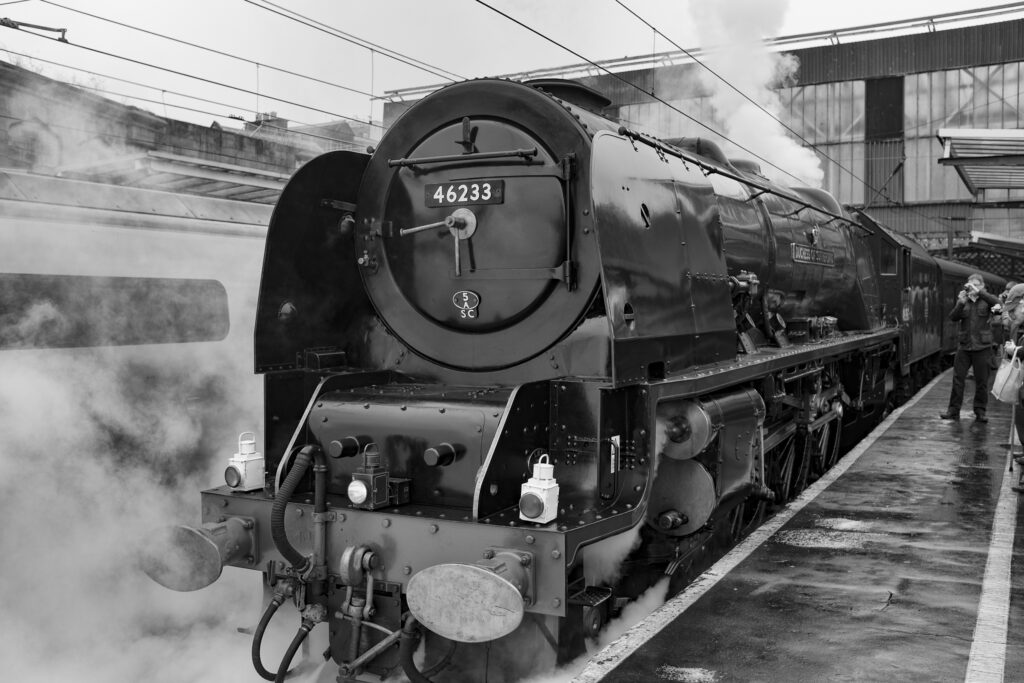
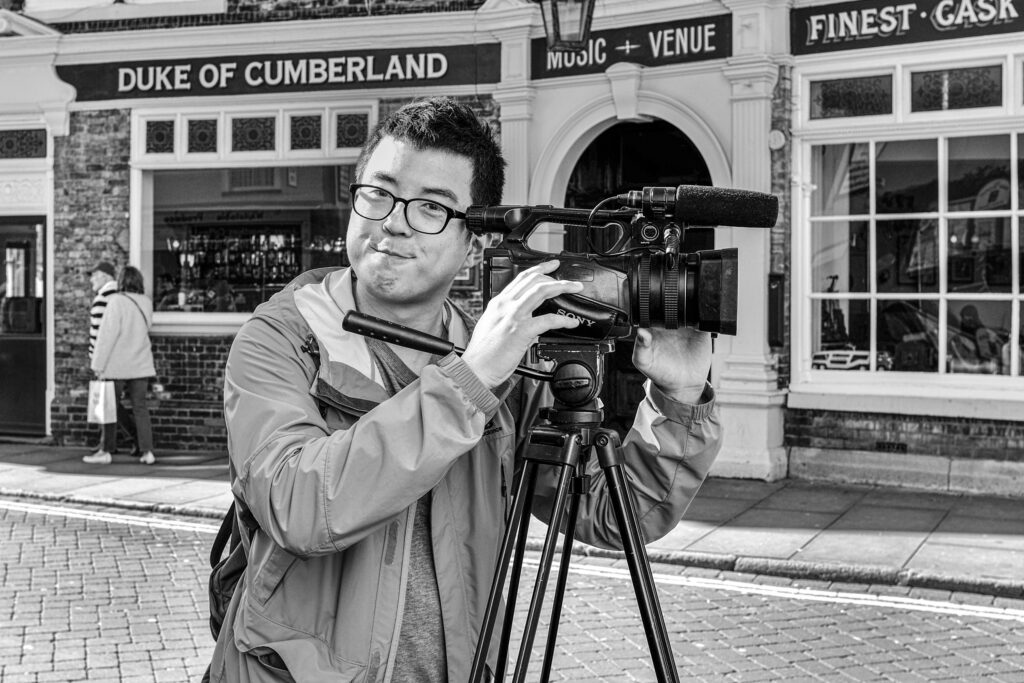
Above: Taken with the X100T in 2015: Puffer nutter express, Editor Evans at the Photographica exhibition, and a cooperative videographer in Whitstable, Kent. (Mike Evans)
Back in the early days, I bought the first X100 and later dallied with two following iterations. But eventually, I threw in my lot with the Leica X1, largely for its control simplicity, and (as I thought at the time) better image quality. As always, though, this is subjective, and I just preferred the output from the Leica.
Continuous improvement
That was then, but there was something I failed to appreciate at the time. After launching the X100 following the X1, Fujifilm did a remarkable thing. It developed the successful concept until today, six versions later, we have the X100VI which is visually almost identical to its great-great-great-great grandfather. As a result of this dedication and single-minded approach, Fuji is now reaping the rewards. Buyers have the confidence that Fujifilm isn’t going to drop the model and move to something entirely new.
At f/2 and, if needed the built-in neutral grey filter, the Fujifilm X100IV opens many creative options. All images processed from RAW files with a few minor adjustments. Note the vivid colours and the good rendering of almost-white areas. Images by Jörg-Peter Rau
But what did Leica do? It came up with new idea after new idea. All were discarded at the first wobble, and something else was tried. All these creations, some of them brilliant, are now gone. The innovative TL and the much-missed CL had great potential, but Leica showed no real commitment to APS-C. Even the original X1, if developed with the same steadfastness as the X100, could still have been viable and much in demand. It might well have been able to clip the X100’s wings.
A humdinger of an idea
Leica did, however, come up with a real humdinger of an idea in June 2015. It created a full-frame version of the fixed-lens X series and called it the Q.
Here at last, rather to Leica’s surprise, was a (relatively) compact camera that could show its heels to the X100 series in almost every respect apart from price and size.

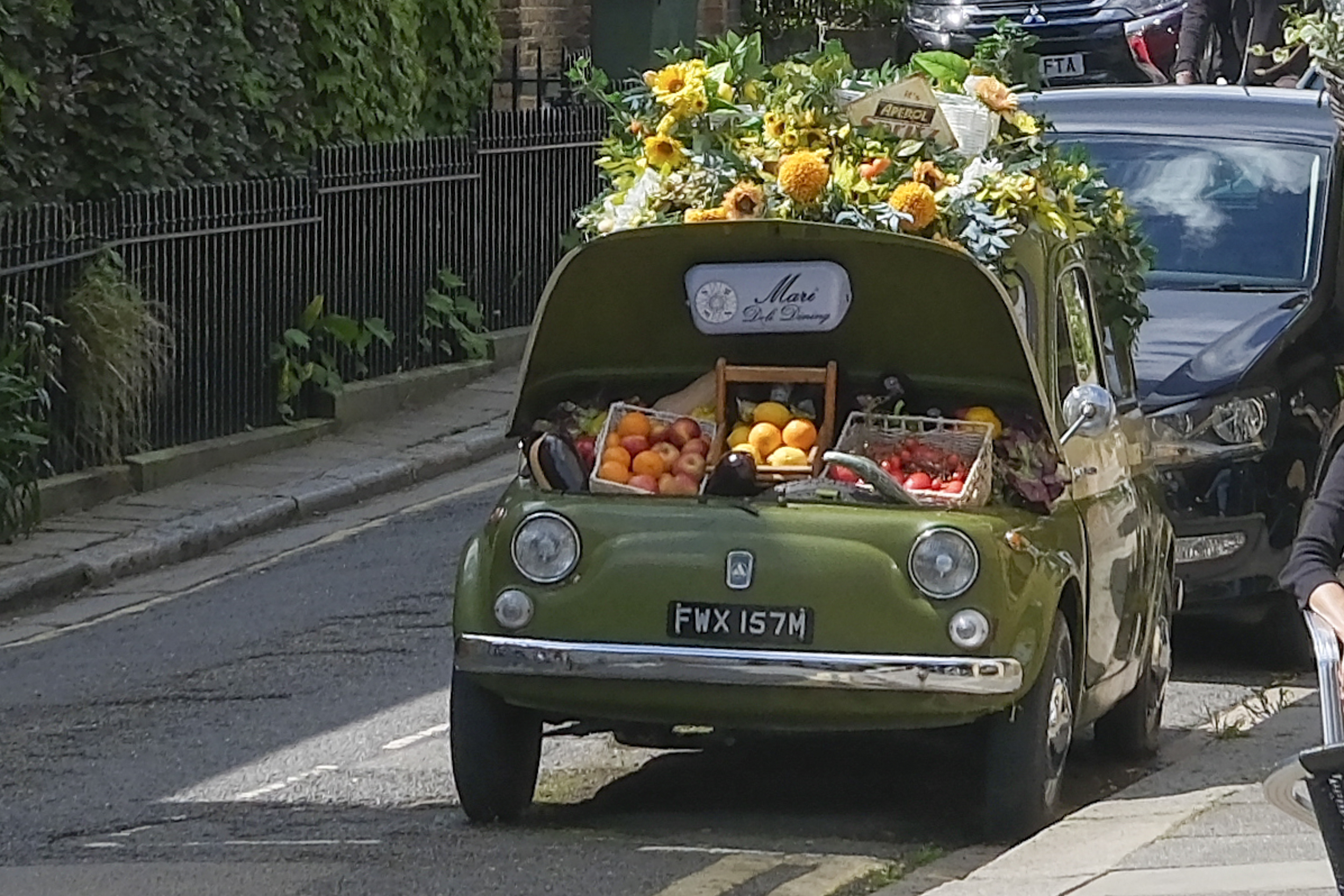
At £3,000 (what a bargain this seems now), it was expensive — around three times the cost of the X100T at the time. This differential remains until today, with the X100VI at £1,600 and the Leica Q3 at £5,300.
But the cost hasn’t stopped buyers lining up for all three versions of the Q. I hope that Leica has finally taken a leaf from Fujifilm’s book and realised that, as with the 70-year-old M rangefinder, organic development is far more successful than backing a new horse every time the old nag sheds a shoe.
The competition
The Fujifilm X100VI has two competitors in the fixed-lens wide-angle compact market. This is according to buyers, but in reality they all occupy different market segments and are targeted at a different audience. The three are the Leica Q3 and the Ricoh GRIII2A nod here to the sadly discontinued Sony RX1 which would have been another strong contender, both of which have their respective advantages and disadvantages. All three could be described as “cult cameras”.
Two of the trio have 28mm lenses while the third has a 35mm lens; two have APS-C sensors while the third has full-frame. One will fit the pocket of a pair of jeans, two will not. Two have electronic viewfinders, while one doesn’t.
And one, the Fujifilm, goes a step further with a hybrid viewfinder which allows an intriguing optical rangefinder experience. It would be a perfect world if we could have everything in one camera, but we can’t.
Because of the immense price of the Leica, most people have to be content to choose between a small (109×62×33mm) viewfinder-less body weighing 257g in the Ricoh and the Fuji, measuring 128×75×55mm and tipping the scales at 521g. There are strong arguments in favour of either choice.
The heavyweight
The Leica, as well as being the most expensive, is also the heaviest at 743g — thanks to its full-frame sensor and necessarily heavier lens — and bigger at 130×80×92 mm. In fact, though, the body dimensions are not appreciably different to those of the Fujifilm if we ignore the size of the f/1.7 Summilux lens.
The body footprint of the Leica is almost identical to that of the Fujifilm, while the depth is again very similar at 33mm. The Q3 is actually remarkably compact for what it is.
Vintage London buses and resurrected Wellington bomber, fished from the depths of Loch Ness
The Fujifilm’s compact pancake 35mm benefits from the smaller sensor size and extends just 21mm from the front of the camera. The Leica, on the other hand, has a slightly faster, but full-frame lens which just has to be bigger. It extends 50mm from the body, and it accounts for a chunk of the 220g difference in weight between the two cameras.
Fixed-lens design
The shutter and stabilisation mechanism is integrated into the lens housing in both the Q3 and X100VI, which allows for part of the lens to be hidden inside the camera, thus establishing a significant size saving when compared with a conventional interchangeable lens system. It’s one of the big advantages of the integral design of fixed-lens cameras.
Incidentally, when considering compact cameras, we shouldn’t forget that the Leica M11 is also a contender, and is a near-ideal choice for street photography. It is only 10mm longer, and 5mm taller than the Fujifilm. The body thickness is, again, almost identical. The M11 (black) body weighs the same as the Fuji with its fixed lens. Mounting a 35mm Summicron on the M11 takes the overall weight to 750g — only 7g heavier than the Q3. Remarkable, and it strongly suggests that the M can still be considered a compact when fitted with a 28mm or 35mm lens. But it is a hugely expensive option, at around £11,000!
Compact camera comparisons
| Feature | Fujifilm X100VI (2024) | Leica Q3 (2023) | Ricoh GRIII (2019) |
|---|---|---|---|
| Body size | 128x75x34 | 130x80x42 | 109x62x22 |
| Body with lens | 128x75x55 | 130x80x92 | 109x62x33 |
| Weight with battery | 521g | 743g | 257g |
| Sensor | 40mp APS-C | 60mp FF | 24mp APS-C |
| Lens | 35mm f/2 | 28mm f/1.7 | 28mm f/2.8 |
| Viewfinder | Hybrid EVF/OVF | EVF | None (external OVF option) |
| LCD screen | Tilting | Tilting | Fixed |
| Stabilisation | Yes | Yes | Yes |
| Standout features | Hybrid viewfinder and the gorgeous retro styling | Exceptional IQ and UI, build quality, brilliant Karbe-designed lens, simple user interface | One for the pocket, novel snap-to-zoom function and zone focus ability |
| Price | £1,599/$1,599/€1,799 | £5,298/$5,994/€5,950 | £949/$967/€1,100 |
| The good | Near-perfect travel companion | Quality when money is no object | Compact that really is compact |
| The bad | Complex user interface and menus | Heaviest, most expensive and least pocketable of the three | No viewfinder, rather fiddly controls |
Having used all three cameras, I find little to choose between the Fuji and Ricoh in results, although the higher-density sensor of the X100VI means that it is ultimately capable of better IQ. The Ricoh punches above its weight, as always, and belies its innocent visage. The Q3 is in a class of its own because of the larger, high-density sensor and that wonderful lens. But the price is the big killer when it comes to choice.
Bear in mind, when choosing, that both the Fujilm and Leica are new cameras and will be current for longer than the Ricoh, which is overdue for a refresh, almost certainly to up the resolution.
Body and design
The Fujifilm X100VI has a classic rangefinder external design with heavy Leica M design cues, including the window for the optical finder. It looks gorgeous.
I often think that slab-fronted digital cameras such as the Leica Q and the new Panasonic S9 look pretty bland and boring. Perhaps the reason for this is the absence of the typical rangefinder window. Not so the Fujifilm. It exudes style, and it’s easy to see how this stokes the enthusiasm and makes it such a popular camera.
Many respected commentators say it is the best-looking camera on the market. It is undoubtedly a camera that says, “pick me up and try me”.
Nor is it all show. The X100VI is a very solid camera. It feels chunky and businesslike in the hand and the workmanship is superb, quite up to Leica standards, dare I say?
Portobello Road, and maybe the world’s smallest repair garage, one car wide
The camera handles well, with its shallow grip and tactile body, and the controls (of which there are many) are relatively easy to operate. But, it is moderately confusing on first encounter. On the back of the camera is an array of vertical controls next to the screen — a joystick (which Fujifilm insists on calling the “focus stick”), Menu and Display/Back buttons. In addition, there are two buttons on the rear of top plate, for Drive/Delete and AEL/AFL, plus a thumb command dial.
The hybrid viewfinder is fitted with a diopter control which is sturdy and unlikely to stray from its setting. Finally, on the rounded top-right corner of the camera is a Q button for access to the quick menu.
Dedicated controls
The dedicated exposure compensation dial, a much-loved Fuji feature, and one which many photographers would like to see on other modern cameras, makes quick adjustment to EV settings a breeze. It is, however, easy to knock out of setting by mistake.
The shutter speed dial, similar in function to those on the Leica M11 and Q3, offers speeds from B to 1/4000s. 3This governs the mechanical shutter; the electronic shutter, which can be set to kick in automatically at 1/4000s, takes the available speed up to 1/18000s.
Unusually, the shutter speed dial also acts as the means of setting ISO, which is visible through a window on top of the dial. Simply pull up the dial and twist. It works well, but the engravings are small, and you do need good eyesight to be certain.
The remaining top-plate controls comprise a single customisable function button (which I set to ND filter on/off) and the on-off switch, concentric with the shutter button.
On or off
Again, very similar to current Leica practice, although the Fuji on/off lever is rather small and difficult to grip with the finger compared with the Leica version. Nevertheless, it is preferable to a button switch as seen on the Ricoh GR and the new Leica D-Lux 84Leica is moving over to “soft” power buttons, primarily to facilitate remote control features in applications. The SL3 has already gone that way and, presumably, the Q4 will follow in time .
On the front of the camera, we have another command dial and a customisable function button. This button is surrounded by a concentric toggle lever, which is best used to toggle the choice of viewfinder options.
A small flash unit is built into the camera just above the lens. On the left-hand side of the camera body is a slider switch which allows instant changes between manual focus, AF-S and AF-C, again a Fuji trademark.
The Super EBC f/2 23mm (35mm equivalent) aspherical lens is very compact, almost a pancake, and projects just 21mm from the body. It features a smoothly operating focus ring, which can be rather difficult to adjust because of the small size of the lens. But the attractive and tactile diamond milling on the ring does help. The aperture control ring next to the body shows markings from f/2 to f/16.
Note that the focus ring can be assigned to operate the digital zoom, a useful feature which Leica saw fit to delete from the new D-Lux 8 in the interests of “the essential”. And on the last version of the D-Lux it made even more sense since the lens is an optical zoom.
Look and see
This plethora of physical dials and instantly available information is a design that traditionalists will love. Simply by glancing down, you can see settings for aperture, shutter speed, ISO, and exposure compensation. There aren’t many cameras these days that offer such a quick and easy overview.
Altogether, this is a remarkably solid and purposeful compact camera body which benefits from the steady development through six generations of the X100 series. It’s very much business as usual for anyone who used the X100 twelve years ago, but the subtle improvements in function as well as build quality are telling.
When it comes to casual photography, especially urban photography, the Fuji plays the role with competence. It feels good, even when held in just one hand, and is nicely balanced. The small handgrip does its job well, and lessens the need for a thumb or hand grip (in contrast to the Q3, where some assistance in grip is welcome).
Customisation
The high degree of customisation ensures that you can choose your ideal settings. For instance, I like to be able to use the viewfinder exclusively, but require quick access to the settings if I need to use the screen, either for composing when tilted or to consult the menu.
So I set the front function key to toggle between the settings. Sadly, unlike the Leica Q3, tilting the rear screen does not automatically switch it on 5I promise that I searched the menus for an option to have the screen switch on automatically when the tilt is activated. But I couldn’t find it — although that doesn’t mean it isn’t there. Please tell me if the facility exists . That’s a great feature of the Q3. With the Fujifilm, it’s a nuisance always to have to remember to enable the screen before taking high or low shots. Otherwise, the screen works well.
Nudging
Unfortunately, the large number of buttons and dials makes it easy to nudge settings in error. The worst offender is the Quick Menu button, which is badly placed on the outside right-hand corner of the camera. It is virtually impossible not to press this accidentally when holding and operating the camera. I lost count of the number of times I put the camera to my eye and found the viewfinder occupied by the quick menu.
This is as frustrating as was Ricoh’s similarly placed exposure compensation toggle on the GRII (but, thankfully, not on the GRIII).
Other controls, particularly the front and rear command dials, are also easy to nudge, sometimes with unpredictable results. The shutter speed dial and ISO settings are unlikely to be moved inadvertently.
As with other smaller cameras, an operation lock feature (such as that on Panasonic cameras and discussed in this Macfilos article in relation to the Q3 and here on the D-Lux 8) would be welcome. Again, as with the auto switch-on for the tilting screen, I searched the menus for a lock facility but with no luck. It doesn’t mean there isn’t one, just that I couldn’t find it. [Note… I didn’t look far enough. After receiving my camera I discovered the useful lock features and I will expand on this here after experimentation].
Compacts and the fixed lens
A major advantage of a fixed-lens camera from a portability perspective is the static lens (unless it’s an optical zoom, such as on the Leica D-Lux 8). There is no appreciable extension of the Fujinon front element when the camera is switched — just a brief twitch as the power is turned on.
It doesn’t extend beyond the keeper ring, however. There is also virtually no movement in the Q3 lens when the camera is switched on. The little Ricoh is the odd one out in this company because it extends by 7mm when switched on. It’s a shame because the tiny pancake is only 8mm deep, so the length of the lens is almost doubled.
The Fujinon lens, then, behaves well in this respect. However, the front element is quite exposed, so I would be inclined to use a lens hood or UV filter to afford protection against scuffing. Both require an accessory adaptor before they can be attached.
The redesigned Super EBC f/2 Fujinon is a little gem from a technical perspective. The diamond milled pattern on the focus dial is faultless, and reminiscent of a vintage camera. It is reflected in similar treatment of the exposure compensation dial, the two common dials and the shutter-speed dial. Gorgeous and faultlessly executed. It is sharp and capable of handling fine detail.
Focusing
However, since the lens is so compact, adjusting focus or aperture is not as easy as it is on even the smallest M lens or on the Q3. But, given the size, it works well.
The focus ring can be set to linear or non-linear (where the movement response to the speed of movement). I prefer non-linear, and this appears to be the standard setting.
My one criticism of the lens (and of Fujinon lenses in general) is that the aperture stops are back to front (from the point of view of a Leica user). To the far left (looking from overhead) is the A (auto) setting and, surprisingly, the next stop is f/16. This is a niggle, but will ring true with experienced Leica hands.
With a Leica it is always the maximum aperture to the left, and this just seems logical to me. When I move away from auto, my first port of call is never f/16, but more likely to be f/4 or f/5.6.
Fujifilm’s standard, however, is to place the smallest aperture to the left. I am sure dedicated Fuji buffs would be just as confused by the Leica arrangement, and I am in no doubt I would get used to the Fujifilm arrangement in time. But, as an experienced Leica user, I think it is worth mentioning. If you are swapping constantly between a Leica and the Fuji, you will be confused.
Focal length
There is one aspect of the Fujinon lens that cannot be changed, however. The focal length. Once upon a time, 35mm was considered the standard wide-angle lens for casual photography, and this was definitely the case when the original X100 was launched.
It is still an immensely popular focal length, especially among Leica M users and dedicated followers of street photography. But first Ricoh and then Leica came along with an even wider fixed-lens camera of 28mm. At first, especially in the Leica camp, there was a great wailing and gnashing of teeth. Too wide, many fans complained.


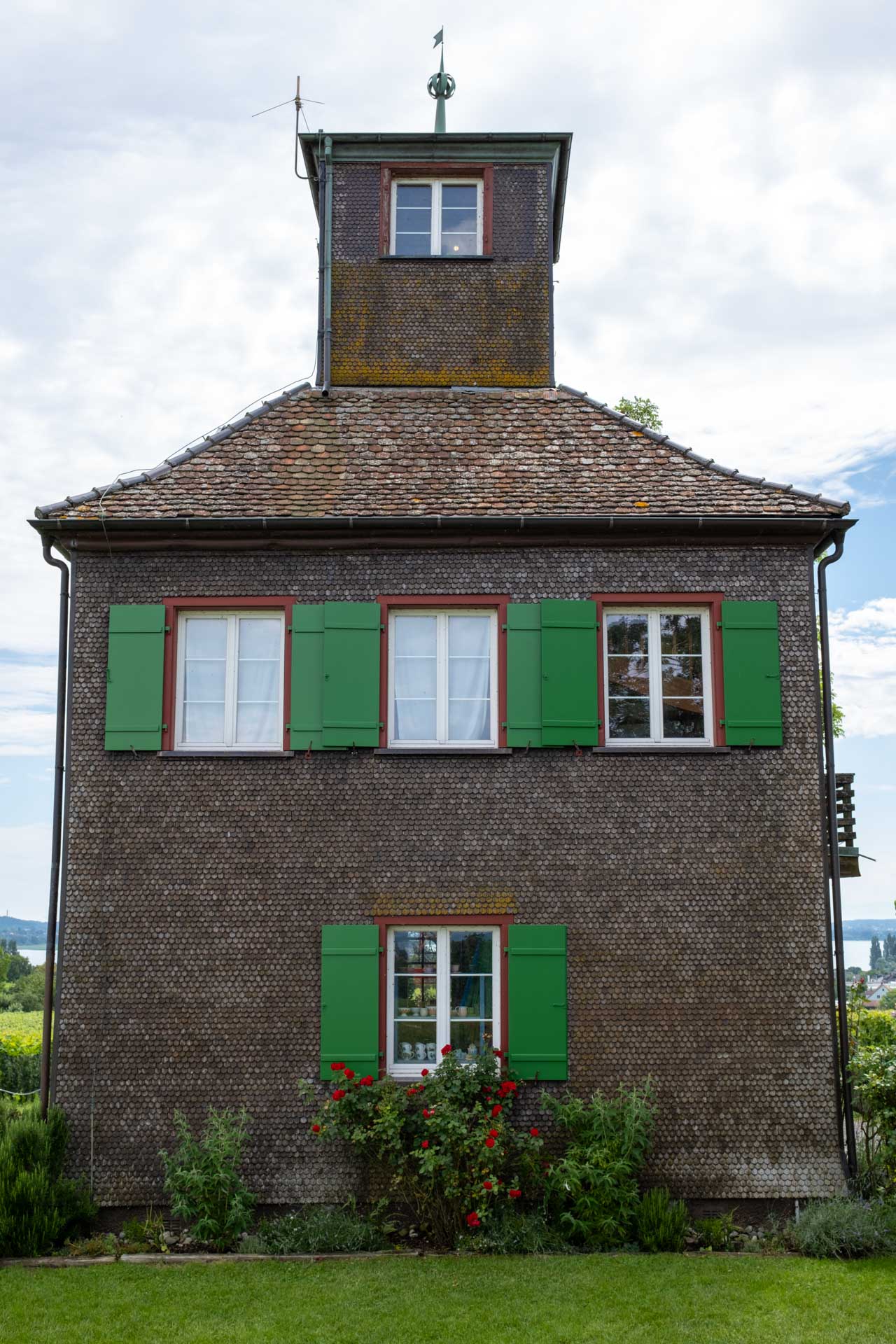


Above: Is the 63-degree angle of view the sweet spot for cities, landscapes, architecture and more? Some would agree, some wouldn’t. Northern Spain, Austria, Bodensee. Images by Jörg-Peter Rau
Nevertheless, surprisingly, most people are now converted (otherwise, presumably, the Q range wouldn’t be so popular) and now prefer 28mm for general photography. I am one of them. I now find 35mm just a bit too narrow for general use. And with the Q3, cropping to a 35mm angle of view involves little loss of quality, which is more than offset by the higher-resolution sensor. It’s worth noting that Ricoh addressed this issue with the GRIIIx which has a 40mm focal length instead of the 28mm of the GRIII.
On some occasions, I found myself having to step backwards to frame a building or landscape, probably because I am now hard-wired to occupy a 28mm vantage point. There doesn’t seem much difference on paper, but there is actually a surprising amount of latitude in practice. If you think about it, 28mm is 20 percent wider than 35mm. Or, looking the other way around, the 35mm is 25 percent longer than 28mm. Subjectively, the difference feels even more pronounced when out on the street.
While I could get used to the slightly longer focal length of the X100VI, I would have to train myself to stand a little back. I realise that all this is rather subjective, and just as many people swear by 35mm as do 28mm fans. It’s a matter of preference and, while I’ve made my point, I fully respect those who find 35mm ideal.
With an ILC camera, such as the Panasonic S5, I tend to go even wider and find 24mm or, even, 20mm excellent for photographing buildings in congested cities. There has definitely been a move to greater acceptance of wide-angle lenses, especially in partnership with today’s high-resolution sensors. Even with zoom lenses, 24mm is now the common starting point when, just ten years ago, most standard zooms were of 28 to 70 or 90mm.
The case for cropping
There are two reasons why I prefer 28mm to 35mm for this type of fixed-lens camera. The first is that you can crop from 28mm, but you can’t un-crop an image taken with a 35mm lens. The wider lens gives more creative opportunity, particularly in urban landscapes.
Note, however, that you can buy the Fujifilm WCL II and TCL II conversion lenses which offer 28mm and 50mm angles of view respectively, but they are expensive in relation to the cost of the camera and remove the main raison d’être of the fixed-lens camera — its compact size.
WCL-X100II crop-mode resolutions
- 28mm — 40MP
- 41mm — 20MP
- 58mm — 10MP
TCL-X100III crop-mode resolutions
- 50mm — 40MP
- 72mm — 20MP
- 100mm — 10MP
My second reason is the new-found cropping ability with modern high-resolution sensors. Take the Leica Q3, for instance. I am happy to crop to a 75mm equivalent, and I am frequently astounded by the resulting image quality, despite the relatively low pixel count.
I know all the arguments on the differences between digital and optical zoom, but take my word for it, cropping works well with today’s higher-resolution sensors. No less an expert than Leica’s lens designer, Peter Karbe, has long held the view that crop-to-zoom is now respectable and no longer a subject for disdain. One of his wonderful SL primes, such as the Apo-Summicron-SL 35 f/2 ASPH writing to the latest SL3 60MP sensor, is capable of remarkable cropping abilities. As ever, though, it is cropping sensibly rather than trying to turn a fixed lens into a midget telephoto.
Fujifilm X100VI digital crop modes
The X100VI offers two crop modes in addition to the standard 35mm-equivalent frame. The focus ring can be assigned to operate the crop, which makes a great deal of sense when shooting JPGs. The resolutions at the three focal lengths are still respectable in terms of likely image quality.
- 35mm — 40MP
- 50mm — 20MP
- 70mm — 10MP
An example from the Fujifilm

The above image is an out-of-camera JPG shot using the new Reala Ace film situation. The intention here is to demonstrate the improved cropping ability made possible by the 40MP sensor. Top left is the full frame at 35mm (39MP). Top right isolates the building and is the equivalent of a 50mm angle of view (14MP). Below, the large picture, is a massive crop (1.76MP) which, is the equivalent of the view from a 175mm lens. We couldn’t quite believe this, sharp as it is, but the figures speak for themselves. Quite remarkable. However, both the Leica Q3 and the D-Lux 8 (surprisingly, but explained by the optical zoom to 75mm) also perform impressively in this test. The Fuji crop is almost as good as the crop from the Q3, despite the full-frame 60MP sensor. We’ll be covering these comparisons in a later article.
The 40MP Fuji sensor isn’t that far behind, and easily handles a 50mm-equivalent crop and can surprise even at heavier crops, as demonstrated by the example above. 175mm from a 35mm lens: Who would have thought it? The little Ricoh doesn’t have any such advantage with its 26MP sensor, which lags far behind the Fuji’s 40MP. Yet, the GRIII soldiers on and makes a surprisingly good fist of digital cropping up to 50mm.
Optical viewfinder
From a Leica-owner’s perspective, Fujifilm’s much-vaunted hybrid viewfinder has always been a source of fascination. I remember that I was keen to try out the earlier versions on the X-Pro 1 and X100, but I eventually realised that I was using the EVF more. I was not an instant fan of Fuji’s attempt at a rangefinder focusing. That’s probably because I was able to compare it directly with the M9 and M240 that I was using a lot of the time.
But a decade has passed, and I was anxious to update my impressions of the hybrid finder. This is particularly relevant since there is increasing pressure on Leica to produce a hybrid M rangefinder with the option of EVF or traditional optical rangefinder.
Stefan Daniel told us in 2018 that Leica’s engineers had looked at the project but had decided that it would not be possible to produce a hybrid without compromising the effectiveness of the existing rangefinder — which is something no one wants.
But rumo(u)rs persist and, recently, there have been suggestions that the next M, the M12, will feature such a hybrid. I doubt it, but then what do I know?
A couple of hours playing with the hybrid viewfinder in the X100VI show that Fuji’s solution is rather like the curate’s breakfast egg: Good in parts. It certainly isn’t an alternative to the Leica rangefinder. If manual split-image view finding is your main motivation for buying the Fuji, I suggest you stick with the Leica M. But all is not lost, read on…

The options
Let’s look at what viewfinder choices you get with the Fuji. If you examine the VF window when the camera is switched off, or switched on in optical mode, the frontal appearance is just like that of any optical finder camera. You can see right through.
However, switch the camera to EVF mode and a black curtain comes across the front of the window. This ensures that, in this mode, the EVF behaves just like any other, with the optical image suppressed.
A toggle lever, concentric with the front function button, is used to control the three viewfinder options — full-screen electronic, pure optical, and hybrid optical, which places a tiny thumbnail EVF view in the bottom-right corner of the optical screen.
In both optical options, as with the EVF, you can choose to show a bewildering number of settings arranged round the screen, including an exposure compensation scale on the left-hand side of the viewfinder which is very useful. Amazingly, the display options rearrange themselves in good order when turning the camera to take a portrait-format shot. You can even change the size of the font of the displayed settings. Crazy, but quite useful if you have the time to fiddle.
Alice’s, Portobello Road, London, and cropped image below
Frame lines
In addition, the optical viewfinder gets a focus point and a set of frame lines. These are reminiscent of, say, the 50mm lines on an M. They allow you to see around the frame so you can more easily compose. This is something M users cherish, and it also works really well on the Fujifilm. And, for a 35mm lens, you see more of the surrounding area than you do when a 35mm lens is mounted on an M.
In yet another option, you can choose to make the viewed image occupy the full screen, instead of being limited to the frame.
What the Fujifilm solution does demonstrate, more effectively than in its range finding ability, is that an optical viewfinder with information overlay does work. If you choose your display carefully, avoiding too much clutter, the additional information comes as a revelation to anyone used to the Leica system.
Hybrid view
The optical hybrid view is also very useful, despite the EVF image in the corner of the frame being relatively small. It does allow you to check composition and, to an extent, exposure, and focus. You must have your eye square on to the finder, however, or the thumbnail image disappears or becomes distorted. Overall, though, you do need good eyesight if you are to work effectively with the hybrid view.
Palladian: The Fujifilm is great for landscapes and architecture
So far, then, so good. The OVF is useful and great fun. It is a big improvement on static accessory viewfinders, which cannot give any indication of (in particular) focus lock. The Fujifilm does this well, in addition to providing the sort of peripheral information that we are used to with an EVF.
But manual focus in the optical views is where the Fujifilm falls short. A focus patch can be enabled when using the EVF exclusively, but I found it very difficult to nail the focus. In the end, I used the optical viewfinder exclusively in autofocus mode and it performed perfectly.
The visible focus scale helps to an extent, but only to tell you roughly where you are, to confirm that you are in the general range (similar to the now-defunct Contax G film cameras). On simple optical viewfinders (such as the 28mm accessory for the Ricoh GRIII), manual focus is impossible unless in zone-focus mode.
Even using the hybrid view, with its small EVF window, it was difficult to be sure of accurate focus. I soon tired of playing with manual focus, which, I think, is no better than that on any mirrorless camera.
Stick to AF
This reinforced my view of the Fuji system from twelve years ago. I don’t really like manual focus with mirrorless cameras unless I can use lenses made for the job — and that means M-Mount lenses. Trying to manually focus AF lenses, with their annoying fly-by-wire operation, is an unrewarding task and generally slower and unnecessary. Except in specific situations, such as macro, I believe modern AF systems are preferable to manual focus if you have the option.
Of course, this comment does not apply to the traditional rangefinder. The Leica M remains an outstanding example of ease of focus using an optical-mechanical rangefinder system. In the case of the M, zone focus is the fastest autofocus system of any modern camera. In this respect, also, it is worth mentioning that the Leica Q3 manual focus is exceptionally well implemented by comparison with the X100VI. It is also better than manual focus on any digital camera I have tried.
So, if you buy the X100VI, you will love playing with the two optical options as viewfinders (rather than finding the range). I soon got used to working with the hybrid finder in particular, and for quick shots on the go, I actually preferred it to the electronic view.
But as an experienced M user, you will be disappointed with the manual focus options in the optical viewfinders. Take the best bits of the optical view — the supreme clarity and brightness of an OVF and the see-round-the-frame convenience — plus the useful information overlay options, and you will love it. Just don’t think it will assuage your rangefinder cravings.
At the London Naked Bike Ride in June this year
Output
Image quality from the Fujifilm X100VI is excellent, with involving colour reproduction and impressive dynamic range. The high-resolution 40MP sensor is a big improvement over the X100V’s 25MP sensor. Cropping to a 50mm equivalent, and even to 70mm, is now viable while retaining an impressive pixel count. In addition to increased resolution, the new sensor provides significantly improved colour rendition.
What more do you want? Excellent resolution, great low-light abilities and beautiful colour rendering — the Fuji X100IV offers it all. Guggenheim Museum, Bilbao, Spain. Images by Jörg-Peter Rau
Fujifilm is noted for is vivid colour treatment and for its impressive range of film simulations which are available when shooting JPG. These mimic the appearance of classic Fuji films, including Provia, Astia and Velvia, thus allowing out-of-camera shots with distinct colour and tone without the need for extensive reprocessing.
Although, I tend mostly to work with RAW files, I did shoot a few JPGs with Fuji’s new Reala Ace simulation. This was a 100-ISO colour negative film produced in 1998, designed to provide more accurate colour reproduction and finer grain. While produced primarily for portraiture, it became popular with landscape photographers who looked for a high-quality negative film.
Overall, despite the very wet and dull conditions throughout the few days I used the X100VI, I am extremely impressed with the output from this camera, although it is not as sharp as that available to Q3 owners. Pixel peeping shows that the Q3 is crisper. The X100VI is great, but the Q3 is exceptional.
The combination of a high-resolution sensor, the advanced and much faster processor and the six-stop image stabilization means that the Fujifilm X100VI is one of the best cameras to choose for both street and general photography. The stabilisation is a valuable feature for maintaining crispness at 40MP. And the four-stop ND filter is a useful aid.
The re-designed lens is impressively sharp even fully open, although best results are obtained between f/2.8 and f/5.6. Edge and corner sharpness is good, and aberrations are well controlled.
Conclusion
This is a complicated camera with a vast array of options and a rather confusing set of menus. The learning curve is steep, but there is satisfaction once it’s set up to your liking.
The Fujifilm X100VI contrasts with the Leica Q3 which, thanks to the new creed of “Das Wesentliche” (the essential) is a simple camera in comparison. The Leica is quicker to understand and set up, and easier to use without distraction. Some might find the Fuji’s plethora of options a distraction from the task of taking pictures. For better or worse, Fuji believes in offering every conceivable adjustment. Far from Leica’s “Das Wesentliche”, the Fuji approach is more “Das Everything-but-the-kitchen-sink”.
The Black Lion, Hammersmith, with close-up crop. Note the crispness of the printed notices
Despite this minor criticism, the Fujifilm X100VI is undoubtedly this year’s number-one compact with impressive all-round capabilities, faultless construction and an image that sets wallets a-fluttering.
The camera handles superbly, and it fulfils its chosen role as constant companion, especially for street photography, with aplomb. Apart from quibbles over the complex menu and rather haphazard controls (both of which an owner will soon get used to) I have no serious criticism.
Down the middle
As a middle-of-the-way camera between Ricoh’s minicar and the Leica’s SUV, the Fuji is a camera that has everything going for it. I can now understand why the X100 series has been so consistently popular over the years. It benefits from incremental development and improvement, and Fuji can be rightly proud of its achievement in pursuing a policy of Kaizen 6Kaizen is a compound of two Japanese words that together translate as “good change” or “improvement.” However, Kaizen has come to mean “continuous improvement” through its association with lean methodology and principles. In contrast, Leica’s approach to APS-C compact has been the very antithesis of Kaizen..
The Ricoh GRIII is a strong contender in the field of small professional compacts, and it is a clear winner in terms of size. It has a faithful following, but its sensor now lags, and the camera is more than ready for a refresh.
Perhaps the Leica Q3 is a better all-round camera, which it ought to be for the price and for its full-frame sensor, and perhaps the Leica’s output really does display that much vaunted “Leica look” and “pop” which is often mentioned by reviewers. But I would say that pride of ownership satisfaction is about equal. So when you consider the price, the Fujifilm is a logical and sensible choice.
The best camera, we all know, is always the one you happen to have with you. With the Fujifilm X100VI, you can’t go wrong (these images speak for themselves)… and might still be dreaming of the slightly bigger, slightly better Leica Q3. Images by Jörg-Peter Rau
Voting with my wallet
If you already own the Leica (and possibly the Ricoh GRIII as I do), is there is much point in buying the Fujifilm? You would probably drive yourself crazy deciding which camera to take out in the morning. Yet, the Leica is not three times better than the Fuji.
If you put the Q3 at 100%, then the Fuji is 90%. As any camera geek or hi-fi geek or car geek knows, getting from 90% to 100% often costs a massive amount of money.7 Kudos to Andrew Tobin for introducing this argument That’s the tradeoff, really. You can get something marginally better for a lot more money, but maybe that extra 10% is worth it.
I might be the exception, purely in the interests of gathering experiences to write about on Macfilos, you understand. I have a black X100VI on order. It is special in its own way and offers a near-perfect compromise of size, weight, performance, and desirability.
We would like to thank contributors Andrew Tobin, David Babsky and Brian Nicol for reading, correcting, and offering advice on this article.
More reading on the Fujifilm X100VI
Best accessories for the Fujifilm X100VI
Review : X hits the spot
DPReview on the X100VI
Reviewing every Fujifilm X100 camera ever made
Fujifilm brings Reala Ace to four more cameras
Returning to form: Jonas Rask
Want to contribute an article to Macfilos? It’s easy. Just click the “Write for Us” button. We’ll help with the writing and guide you through the process.


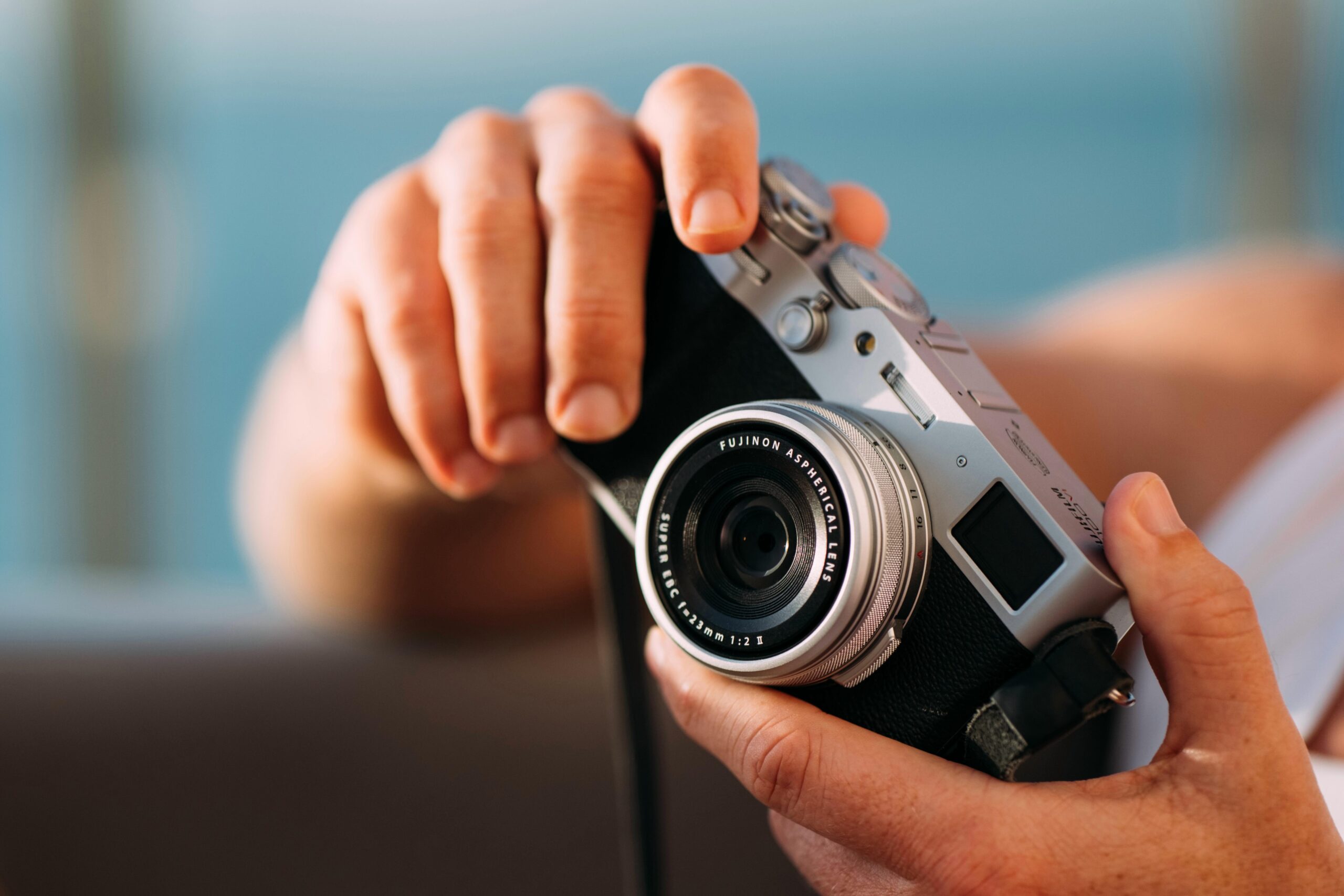
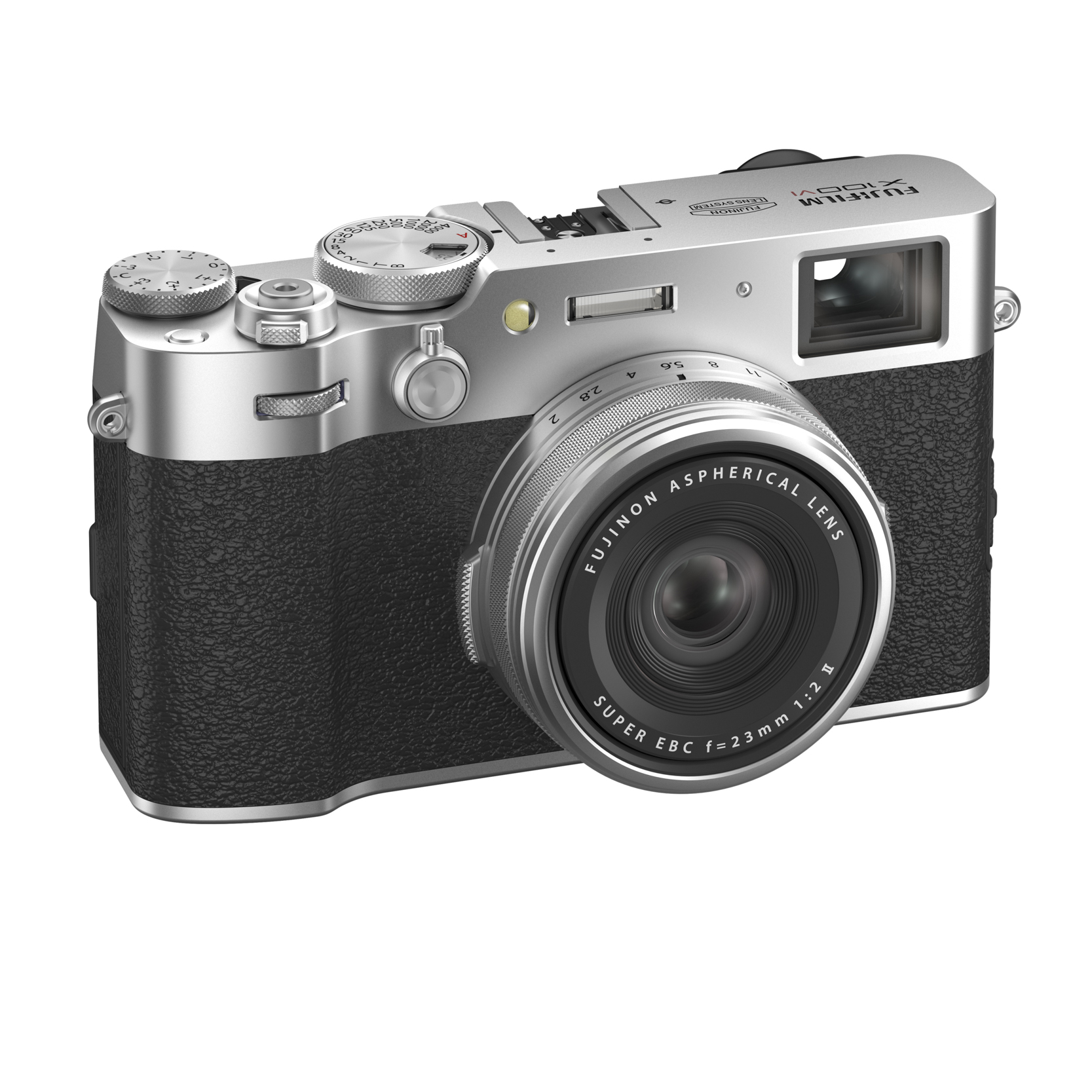
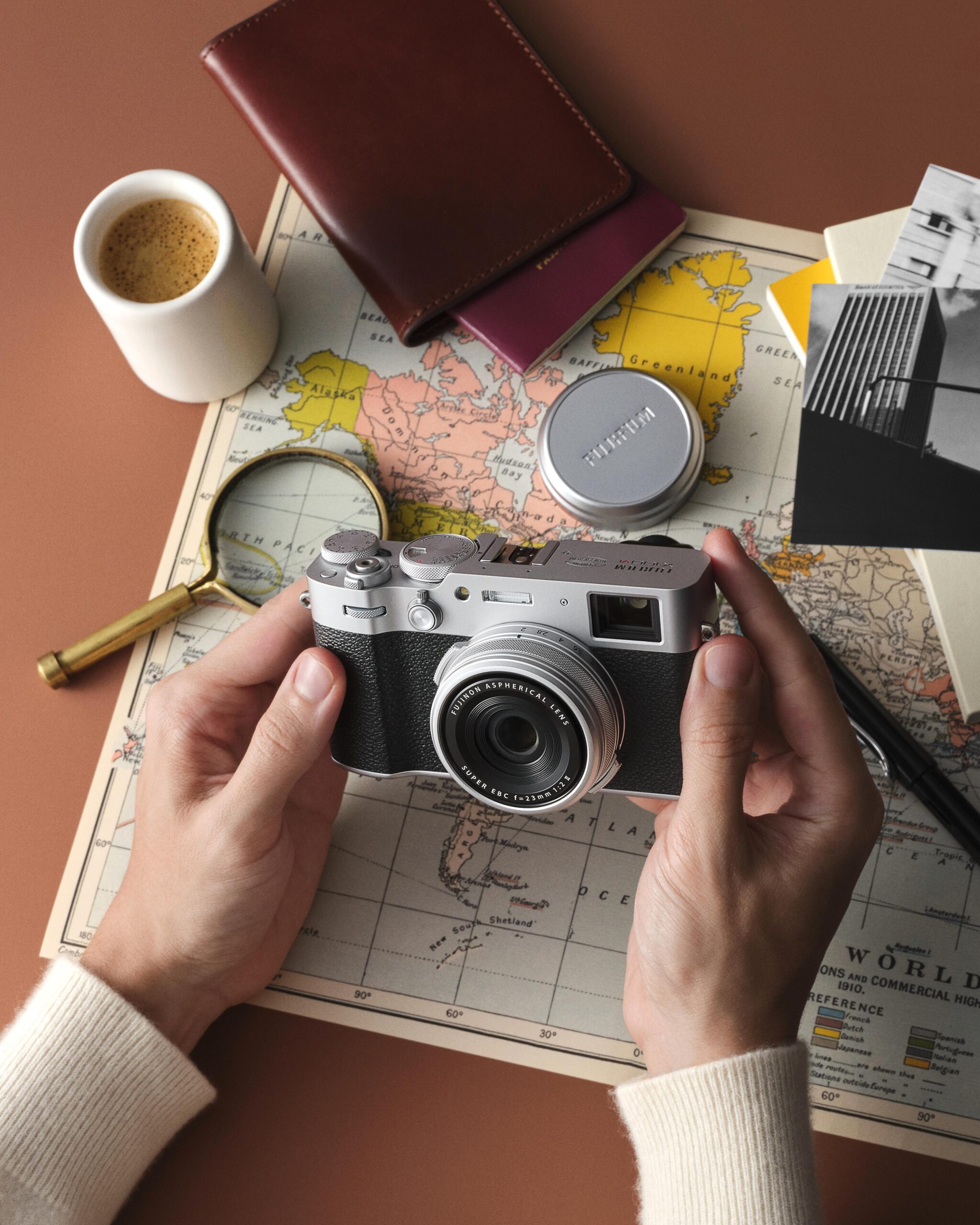

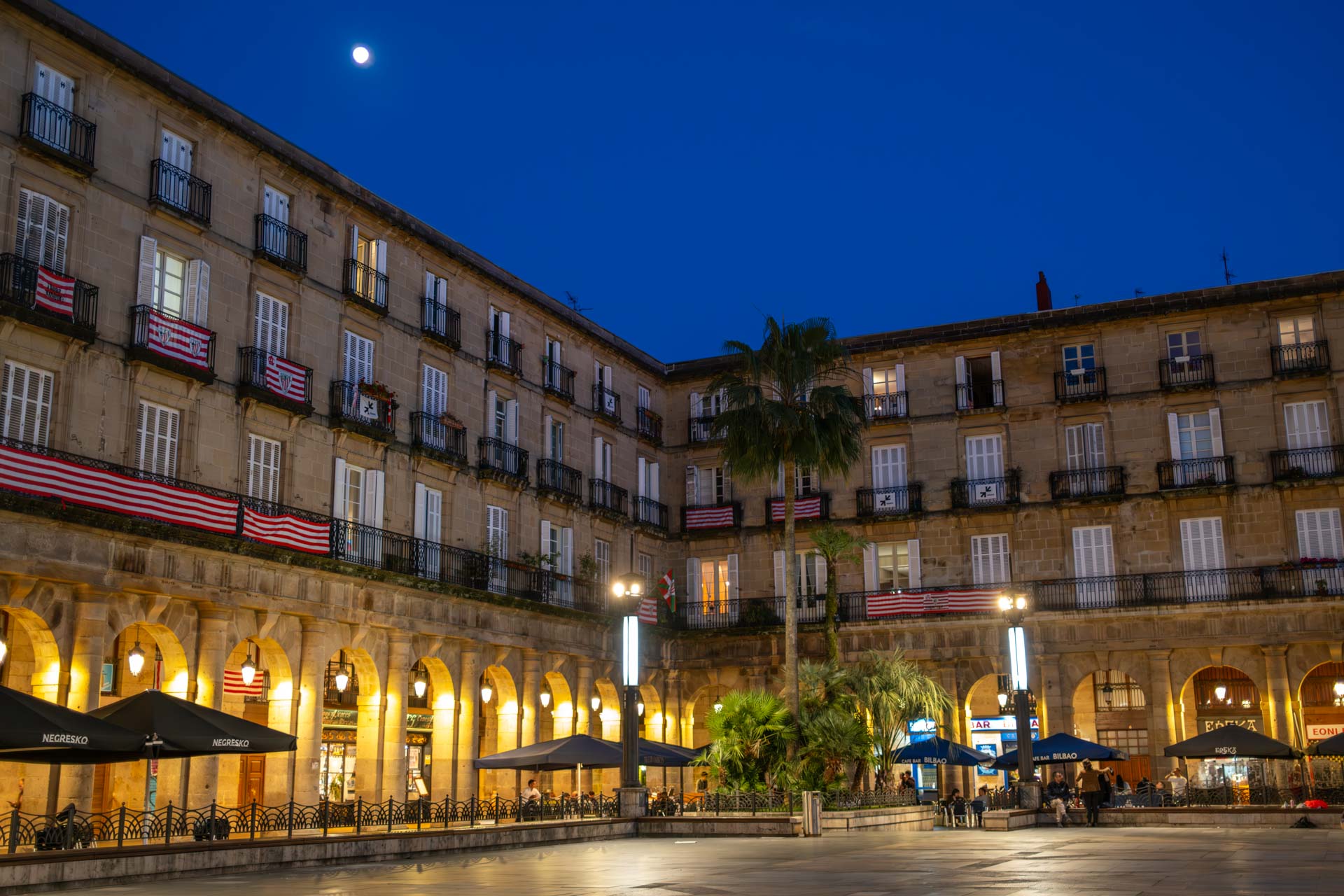
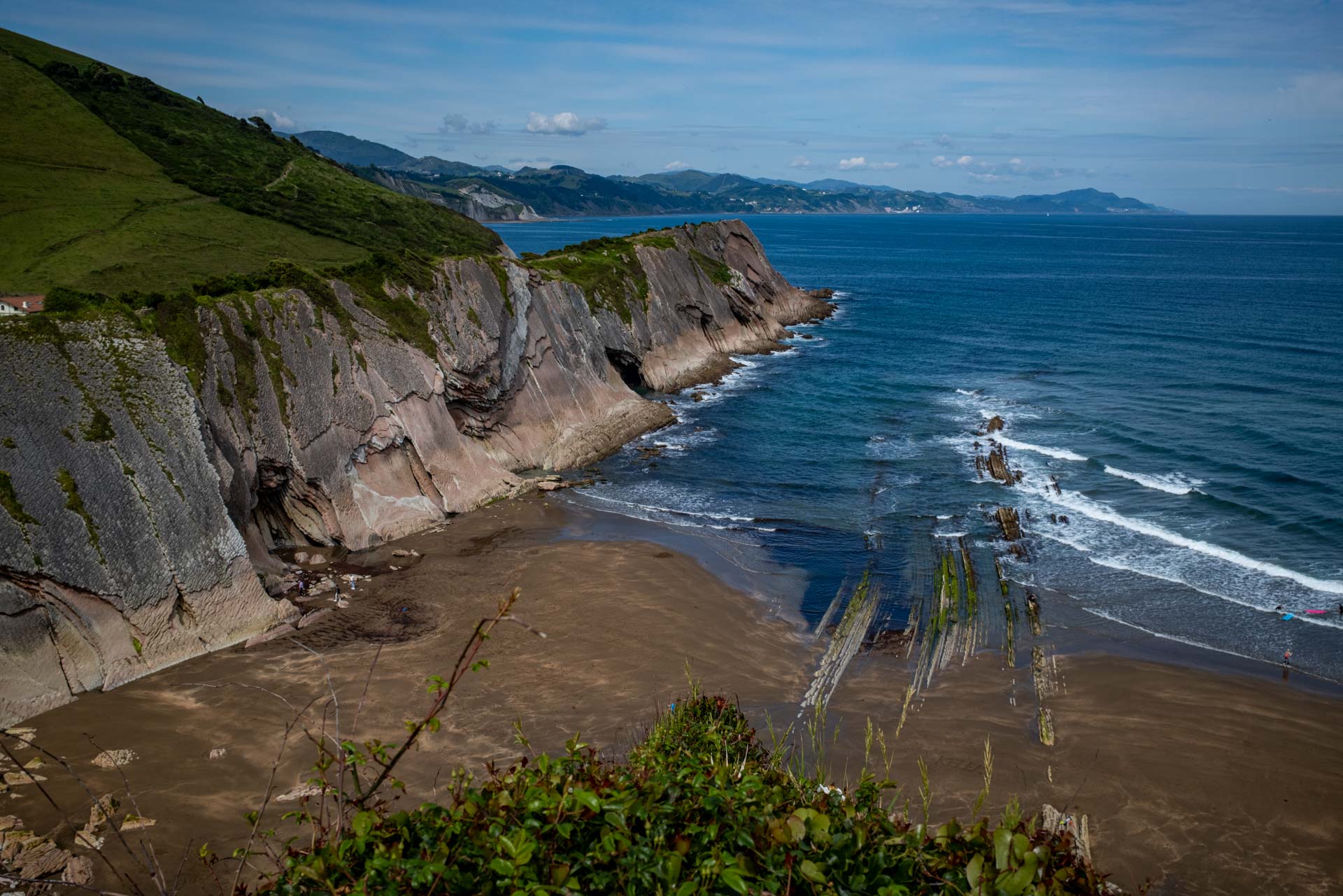
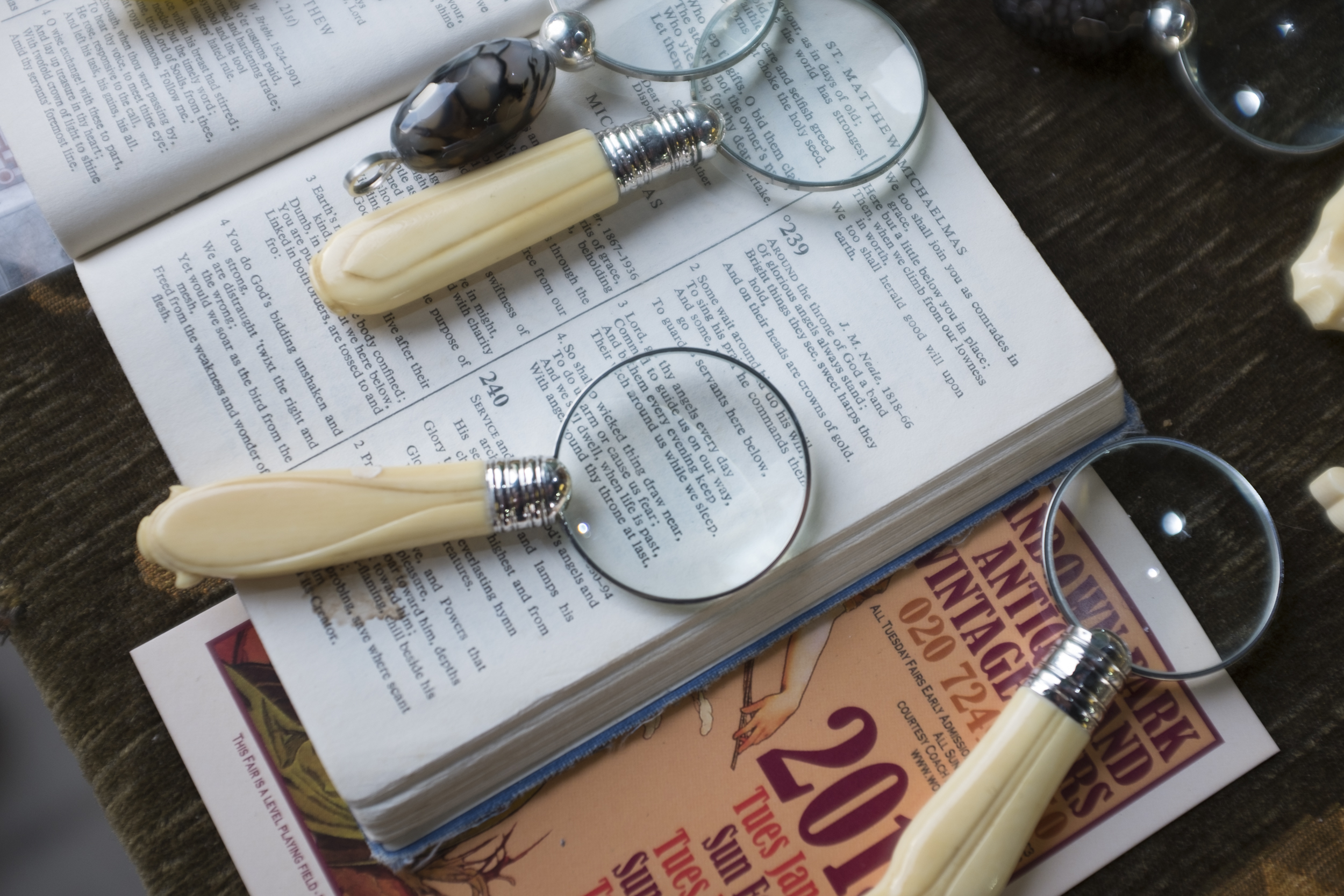

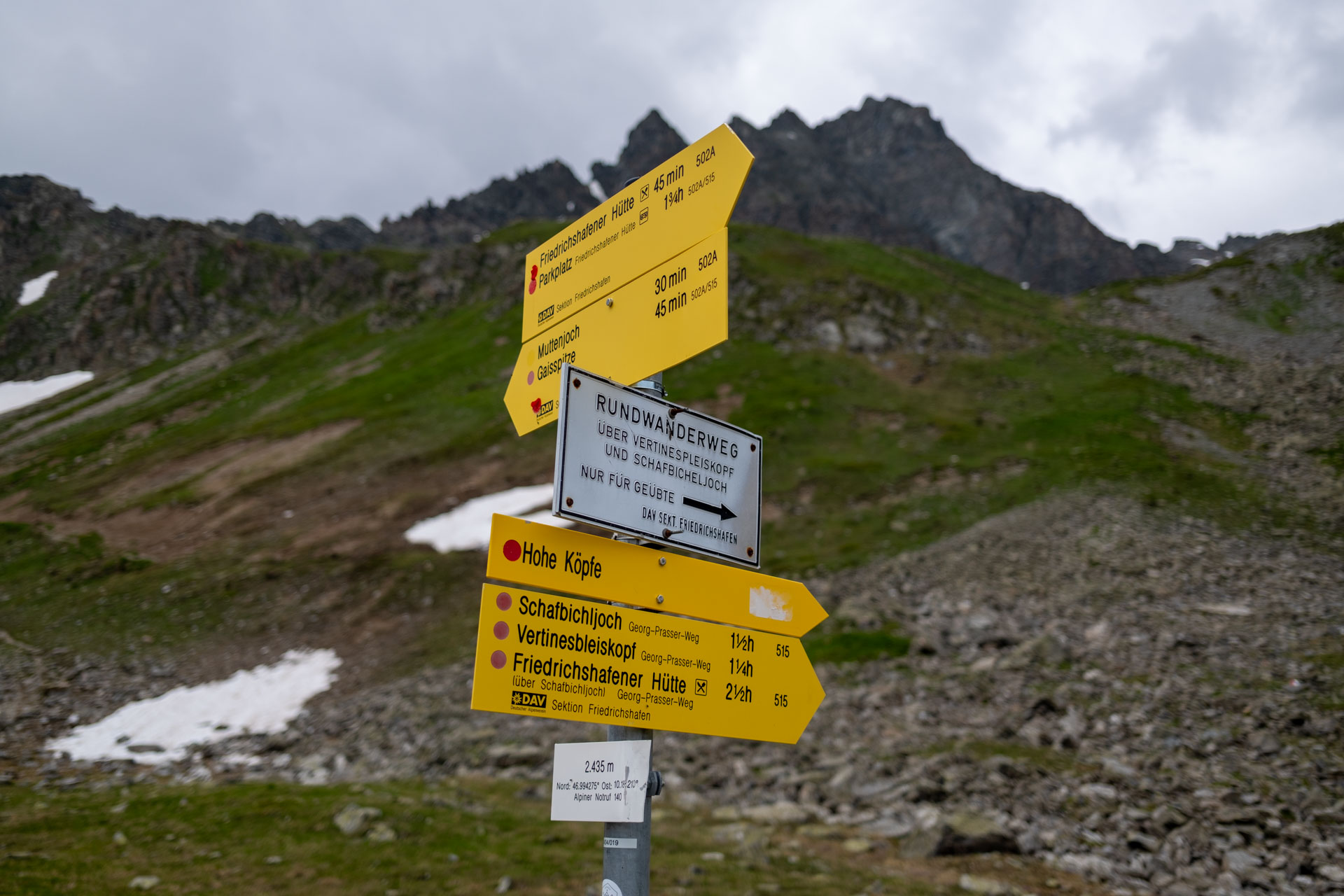





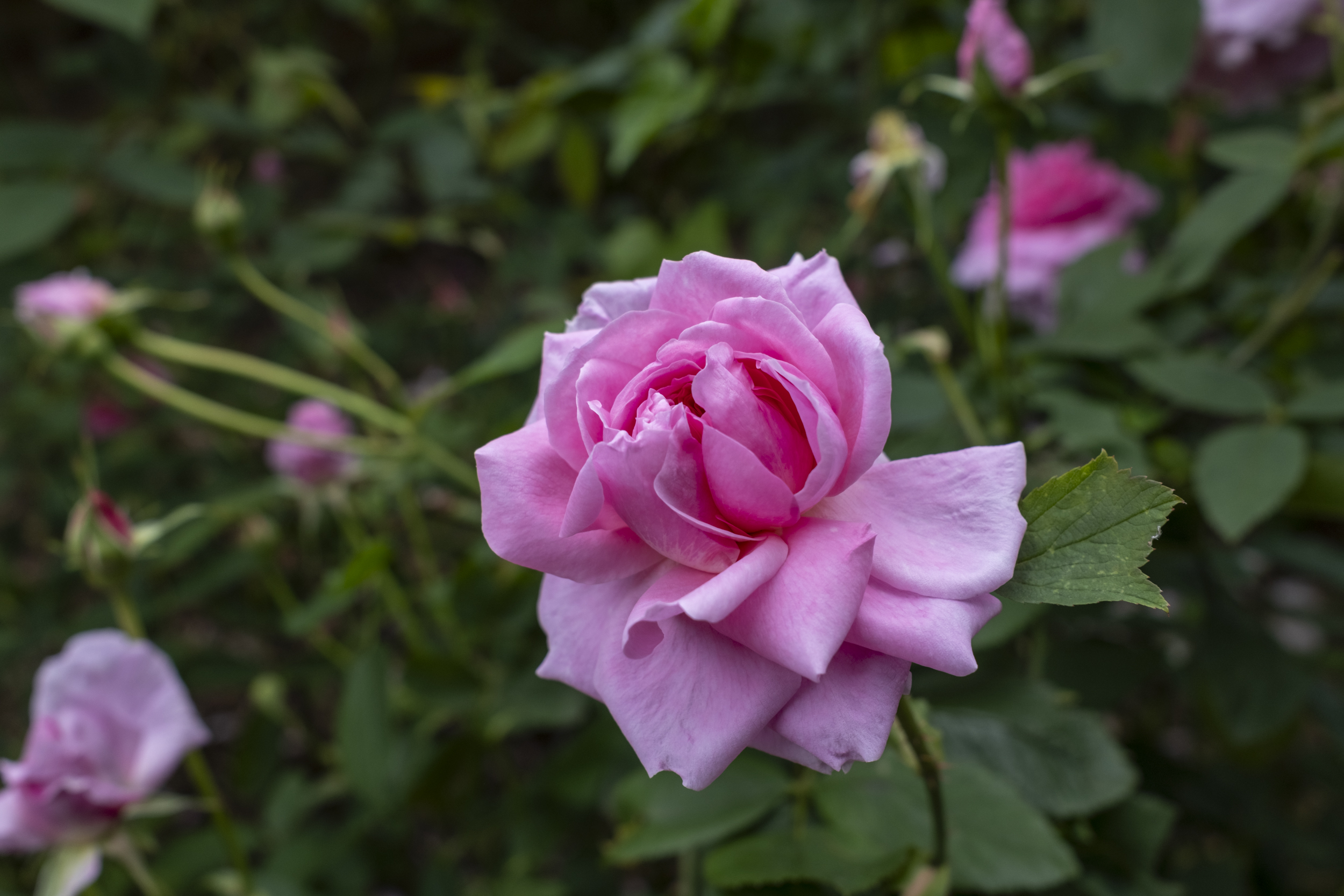

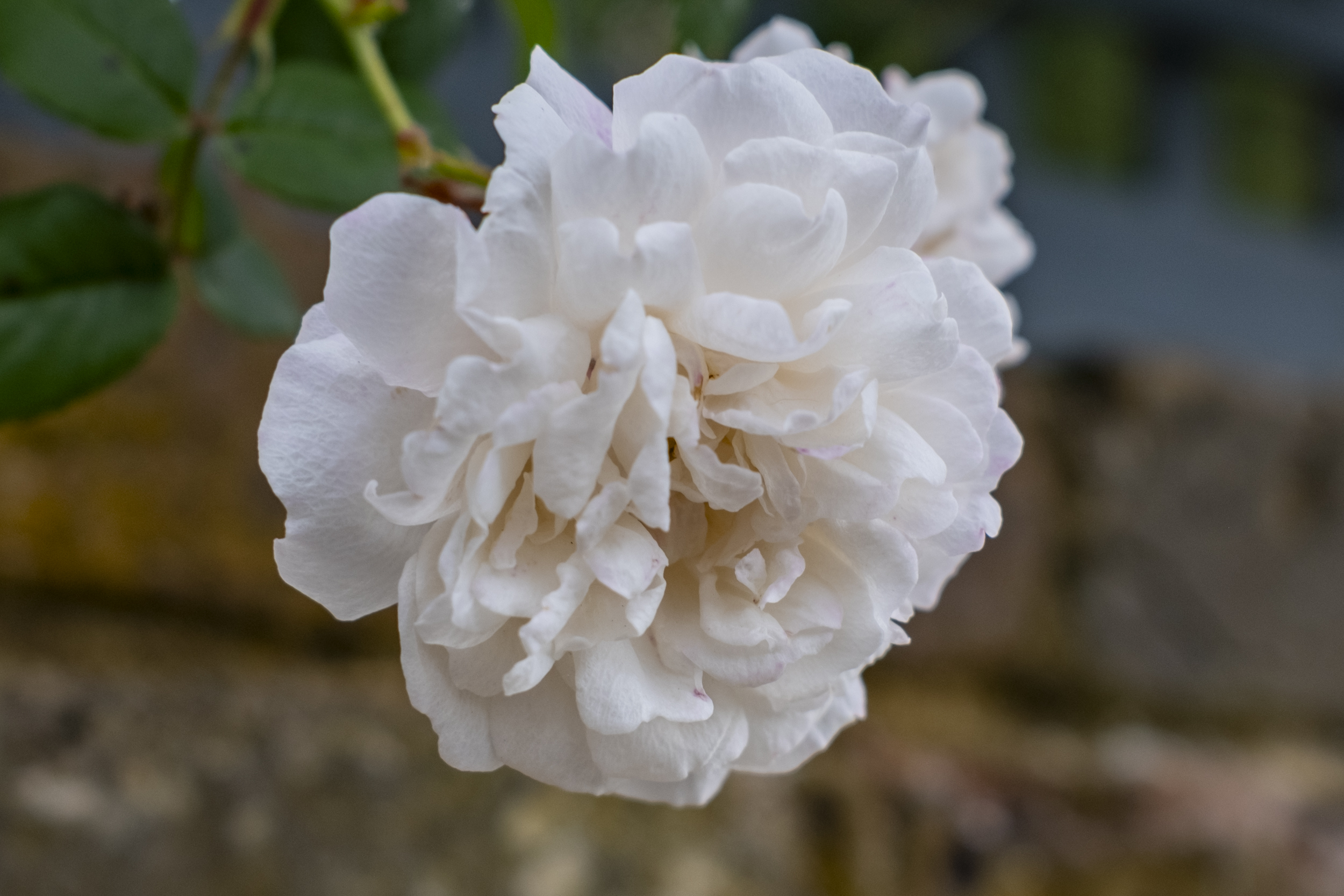

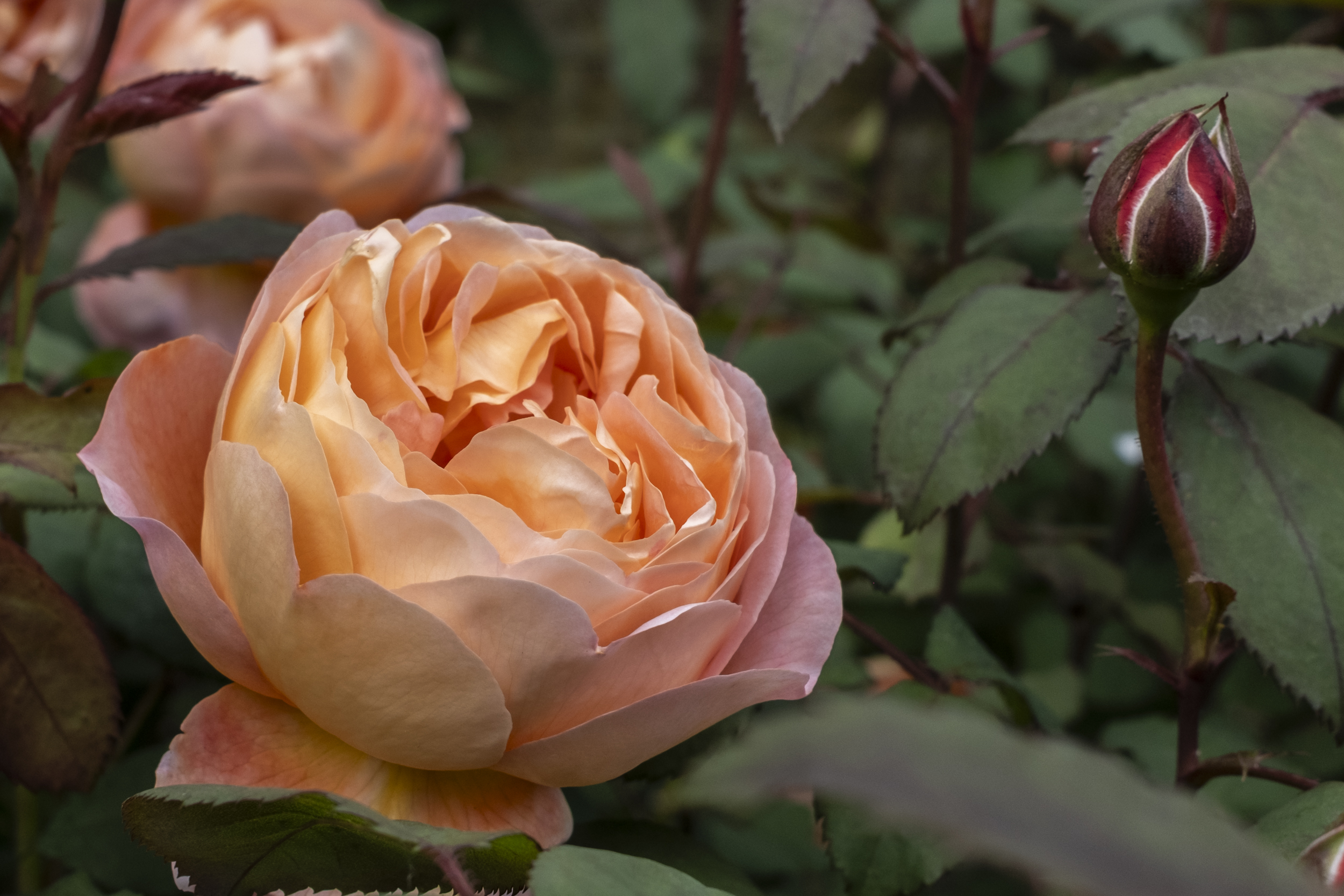

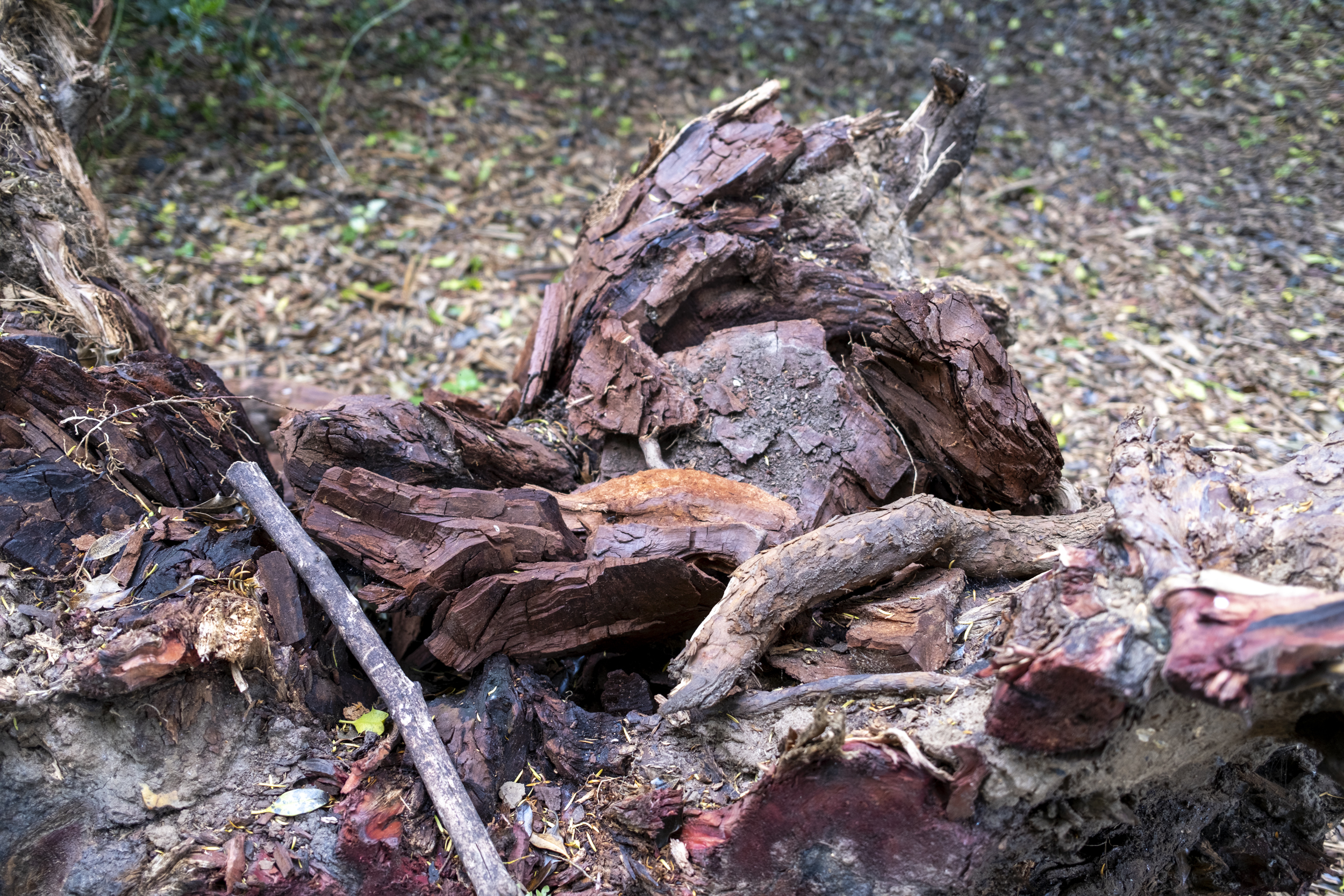

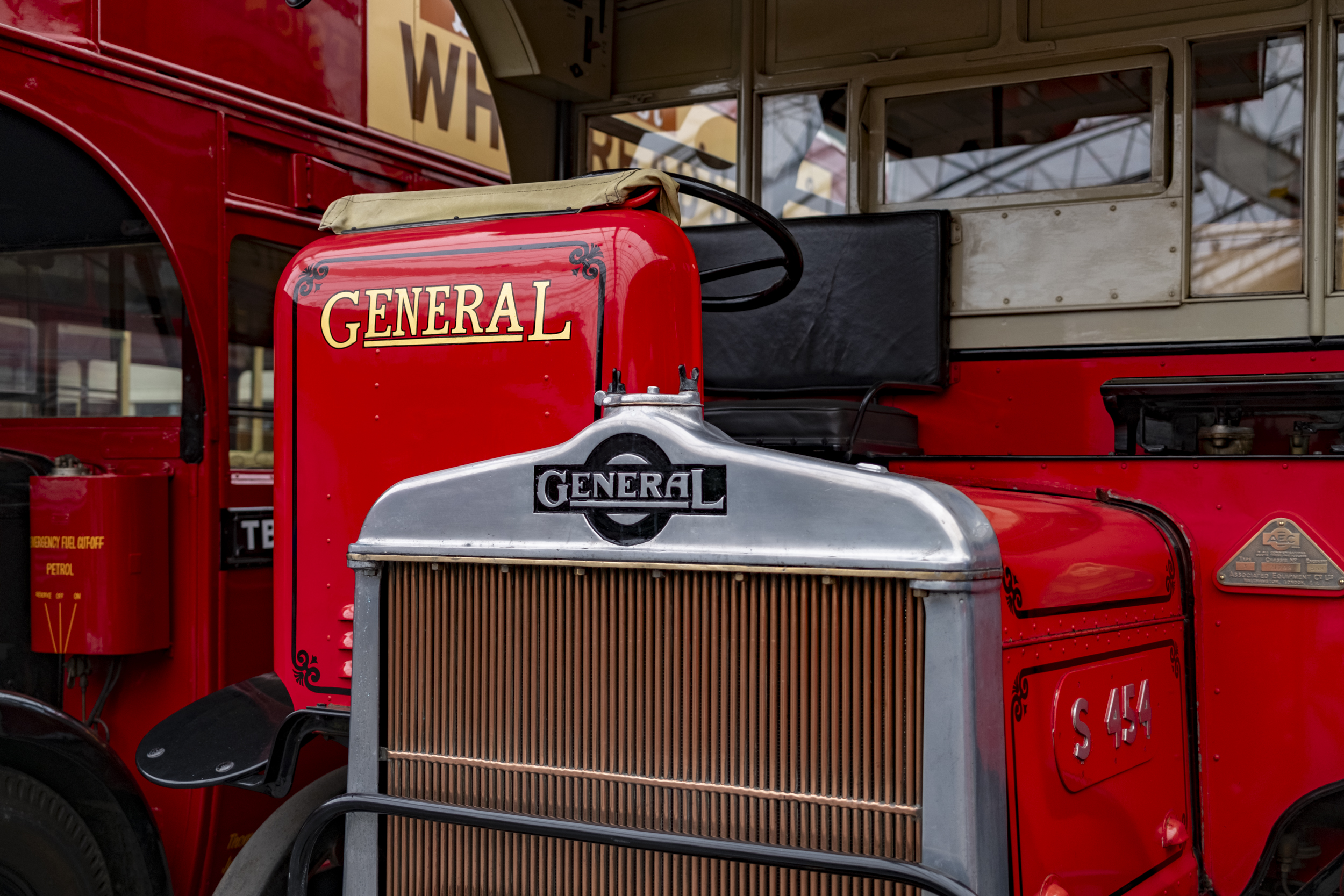
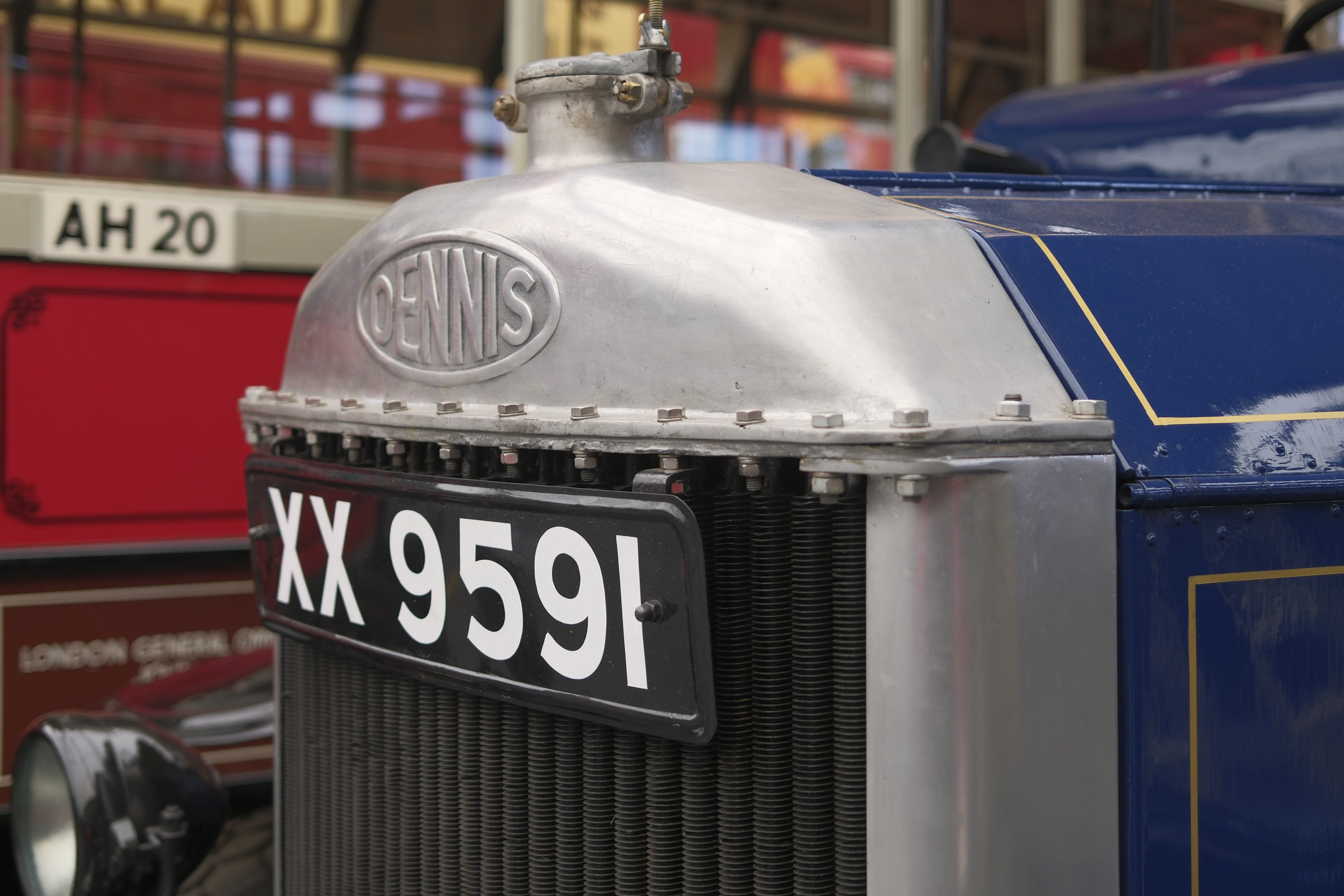

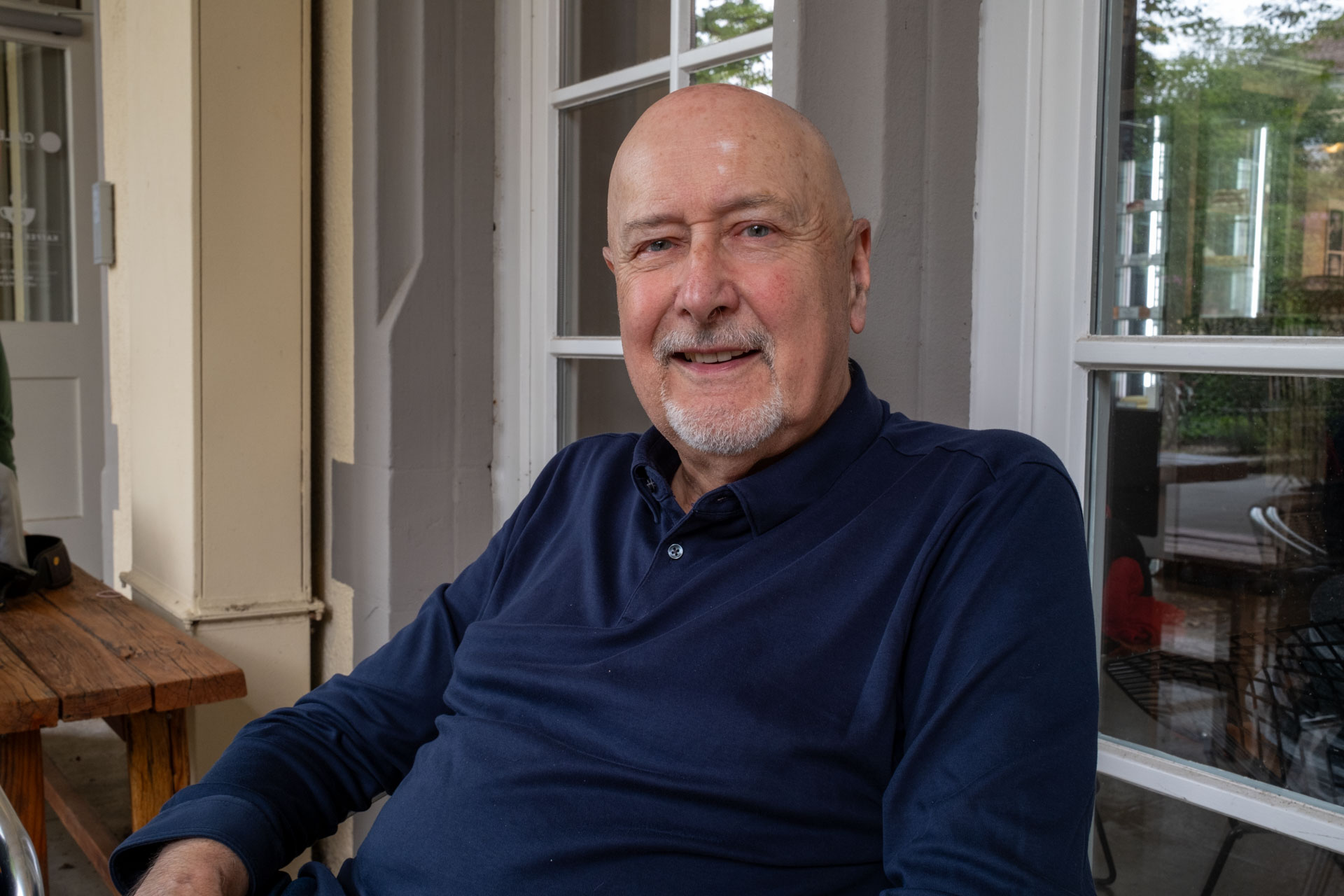

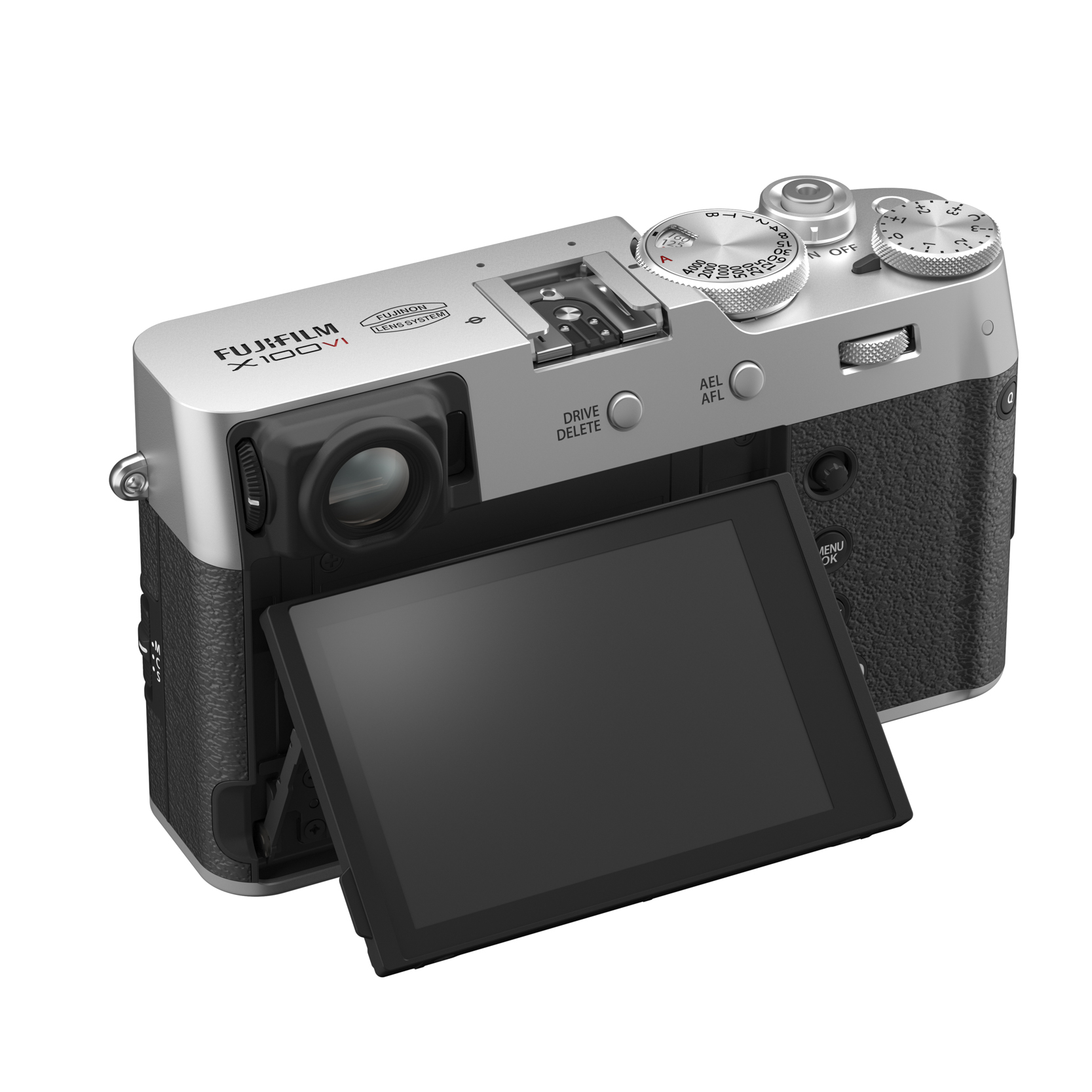

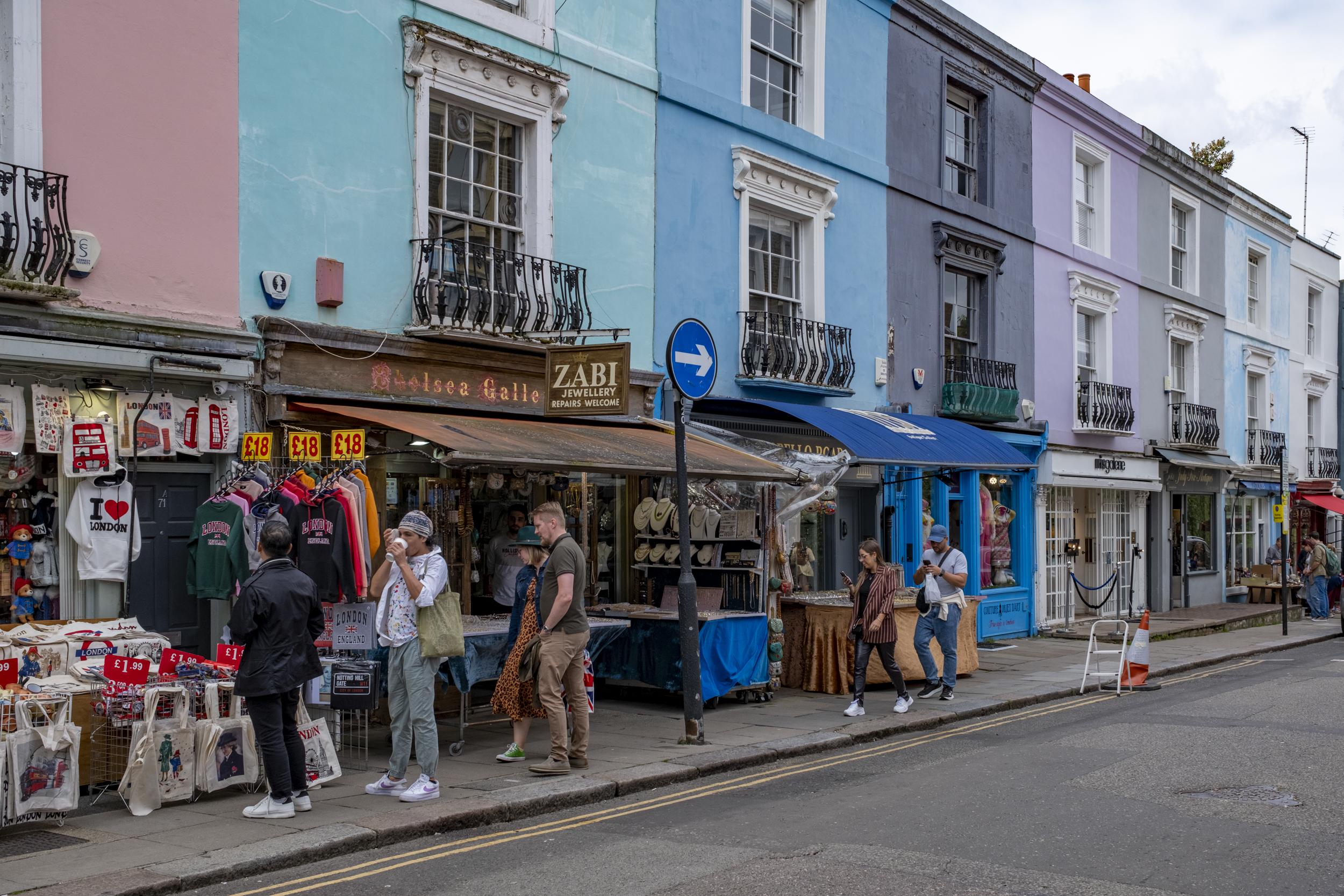
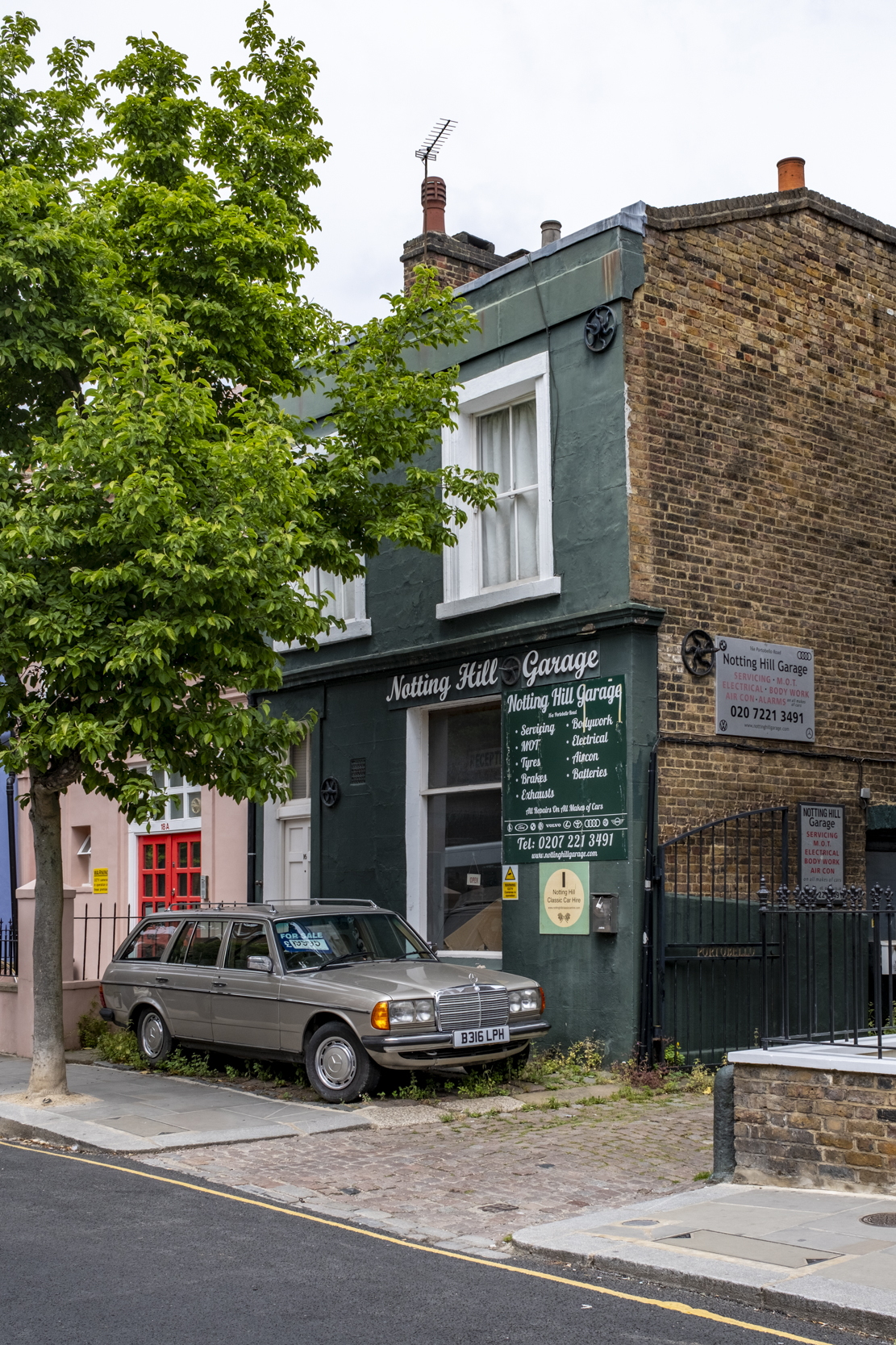



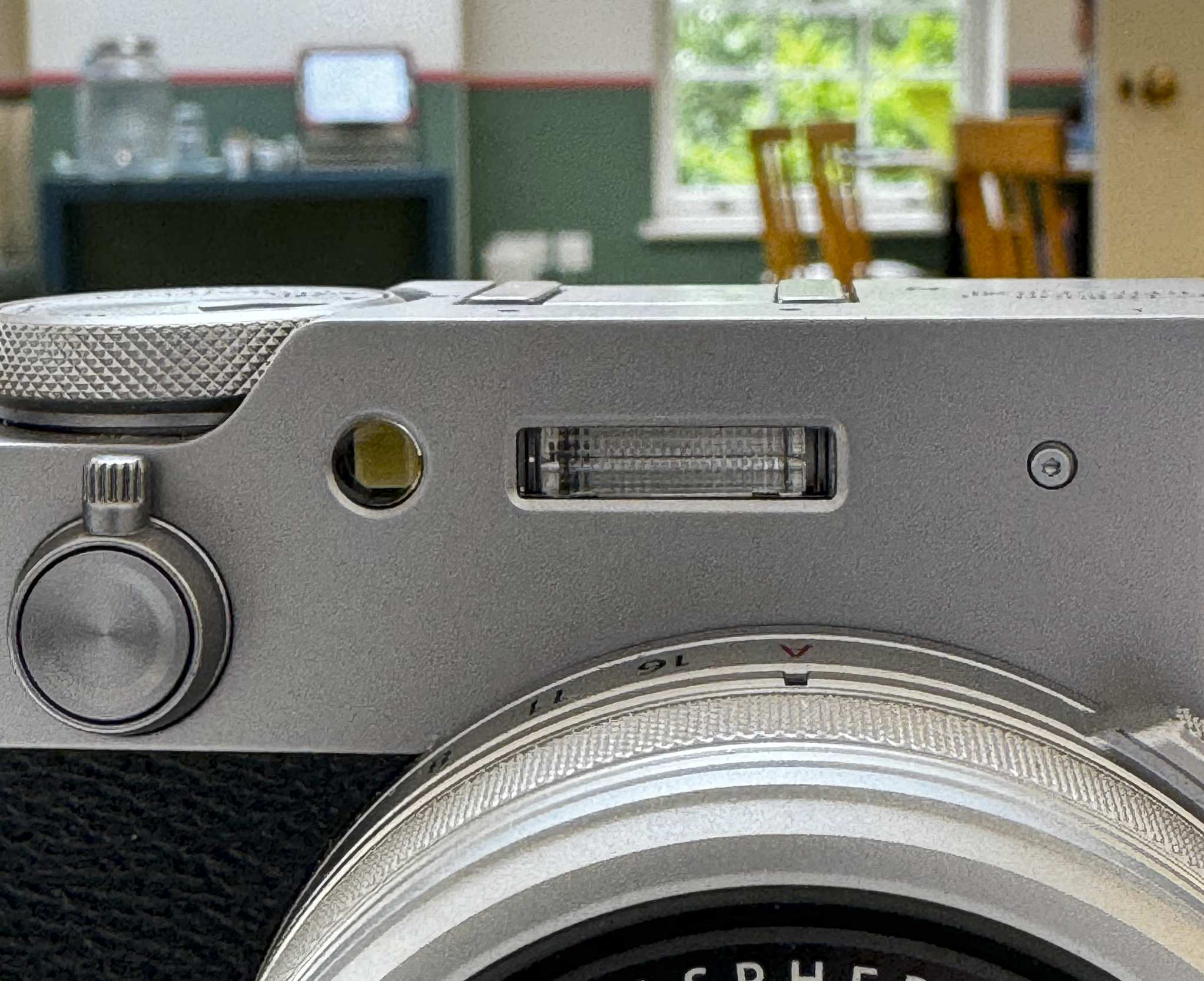
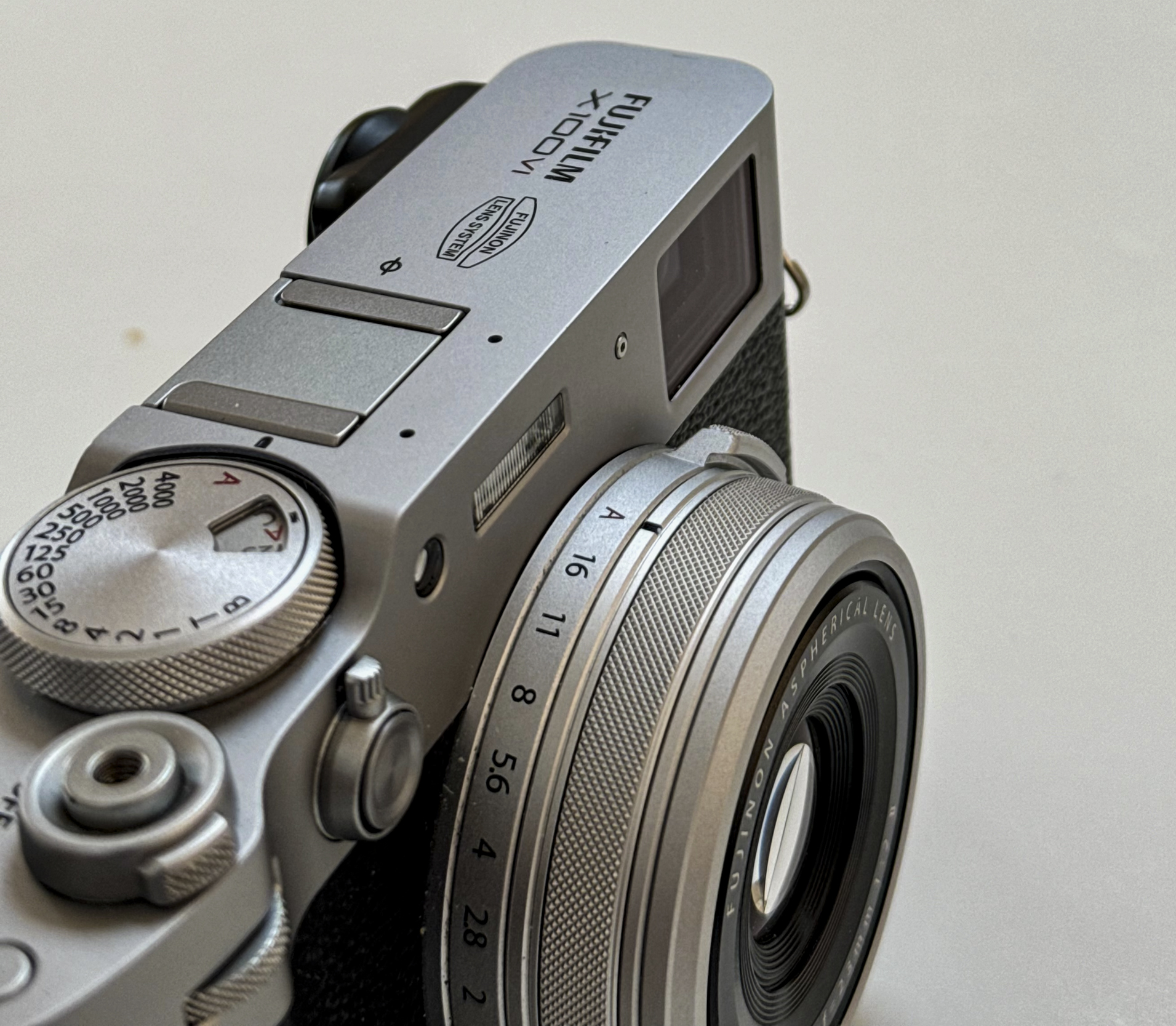
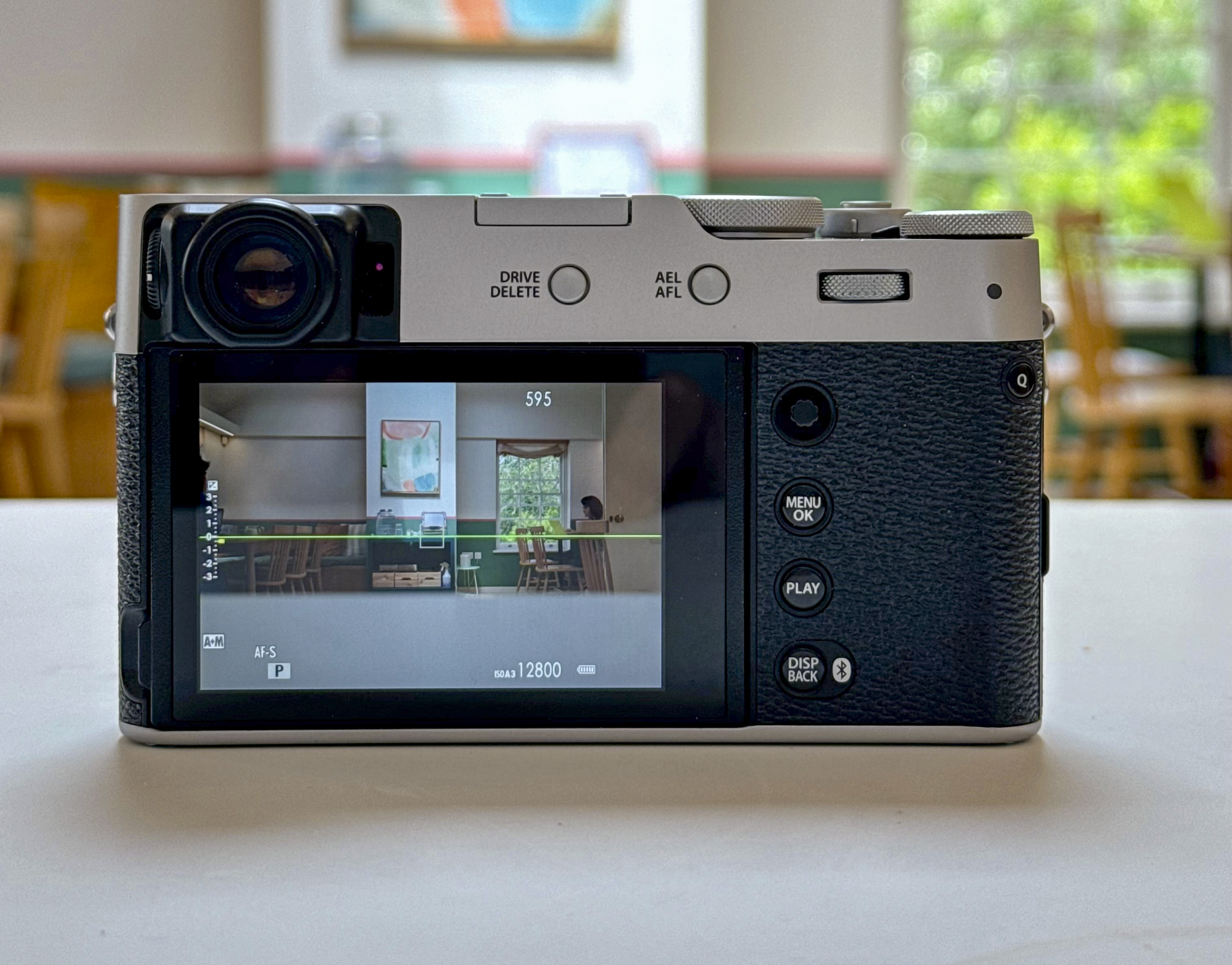
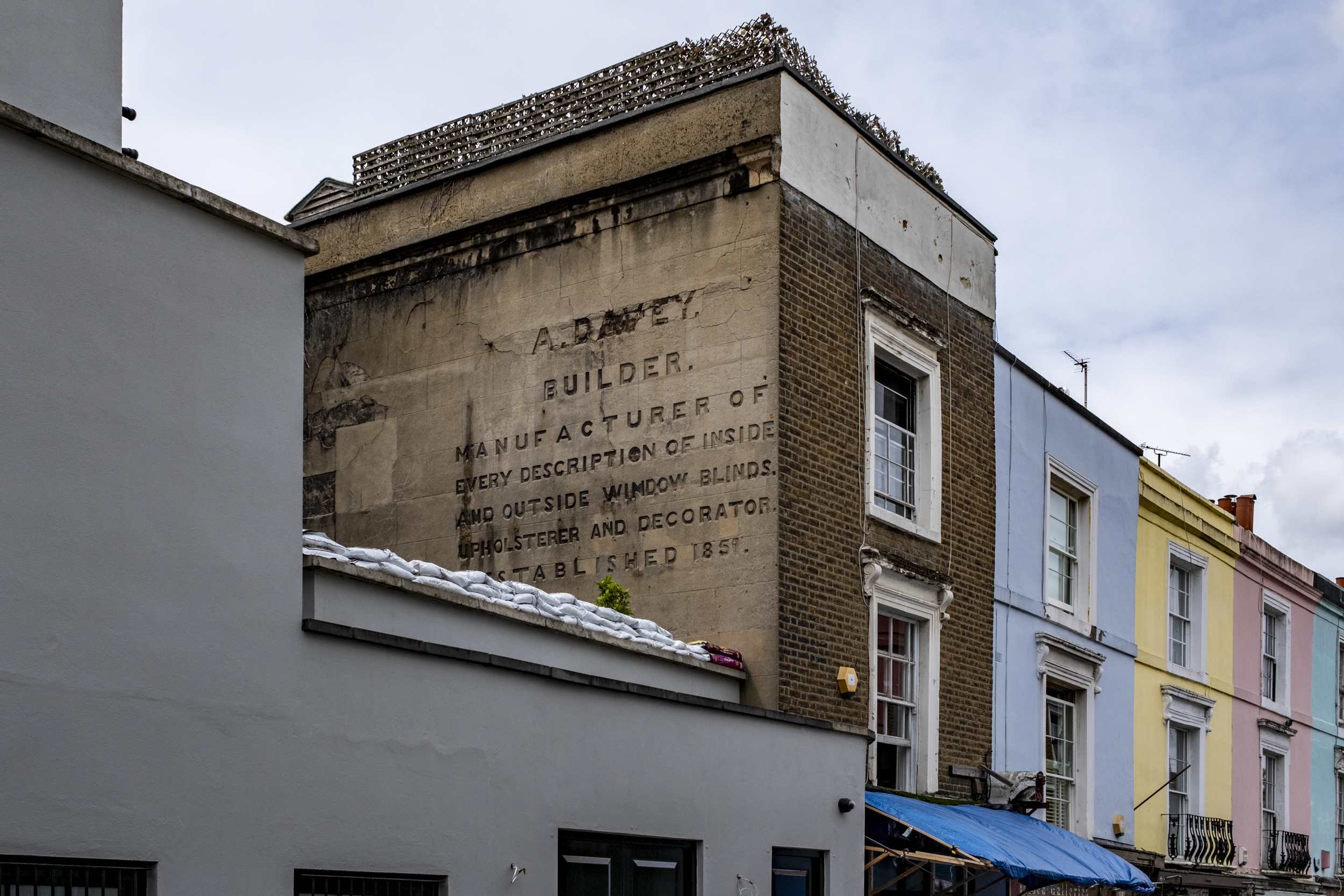
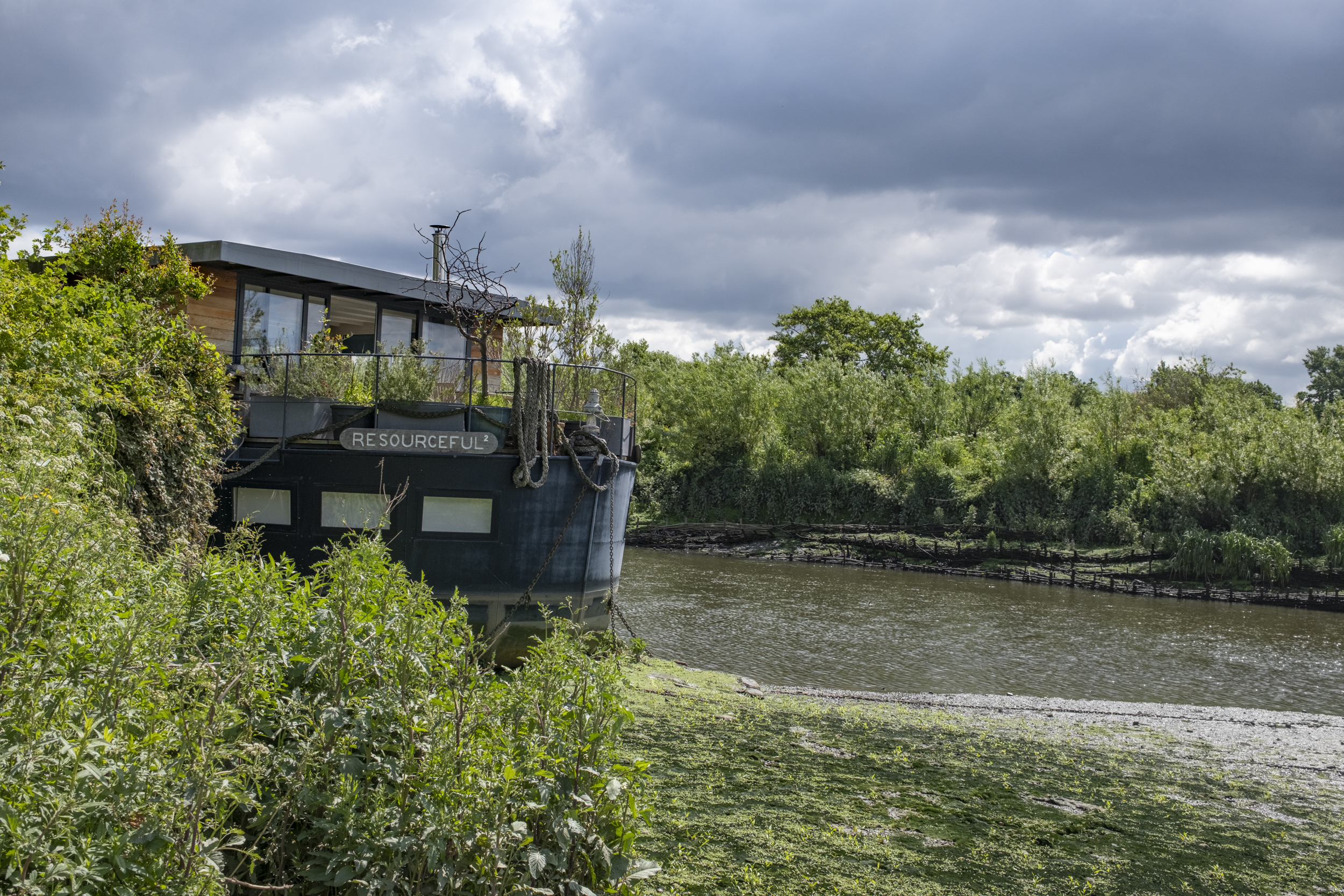
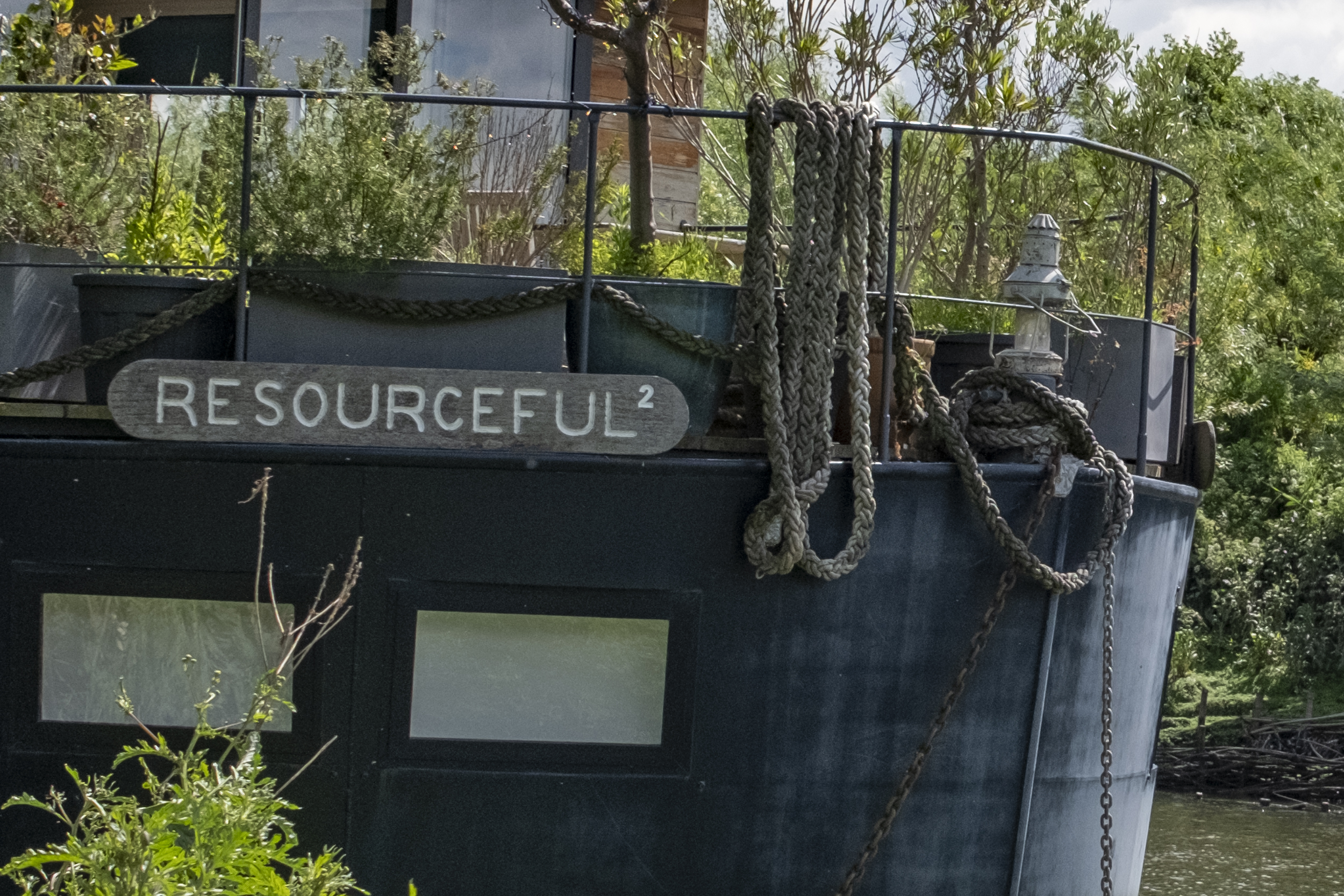
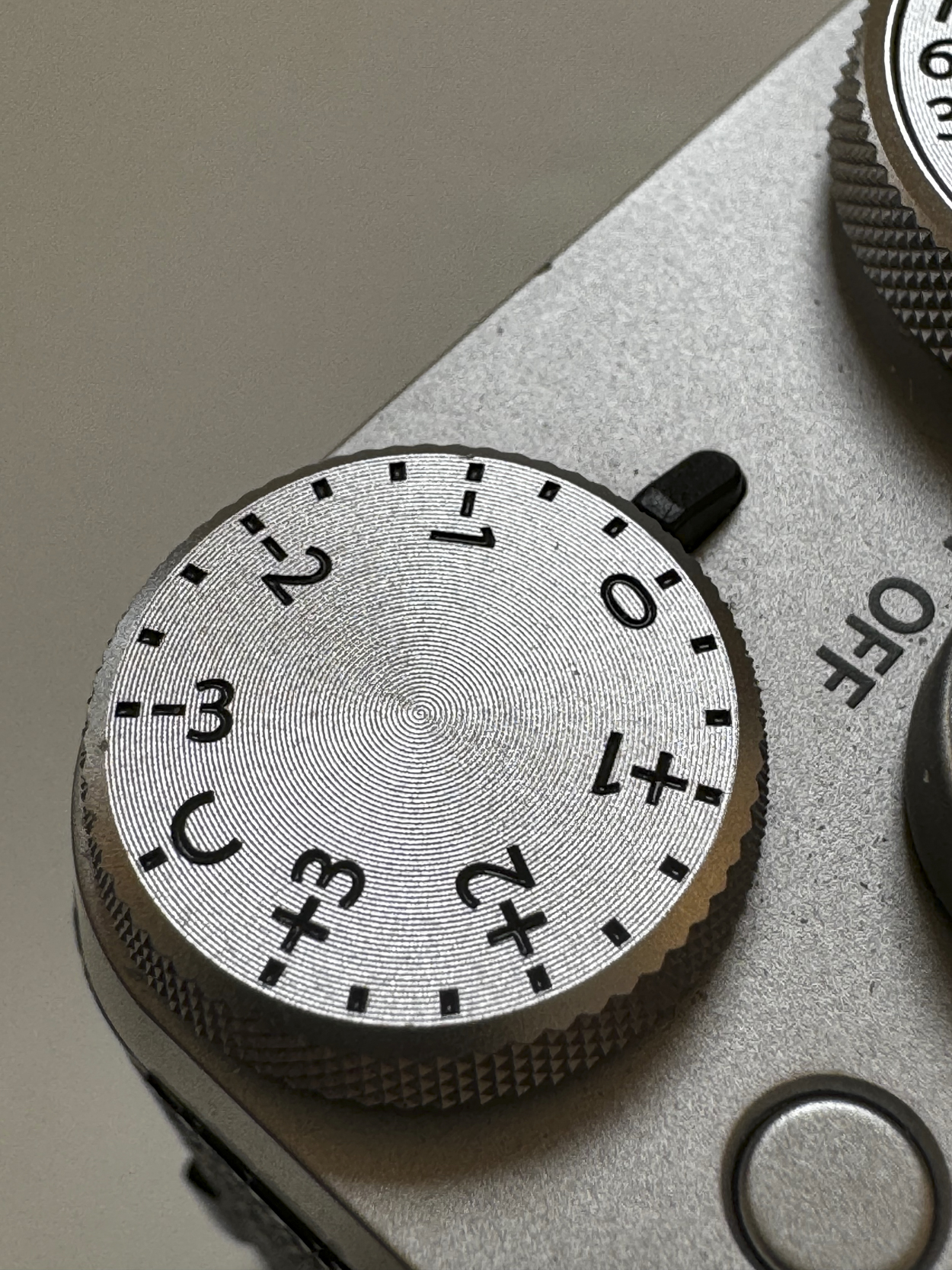
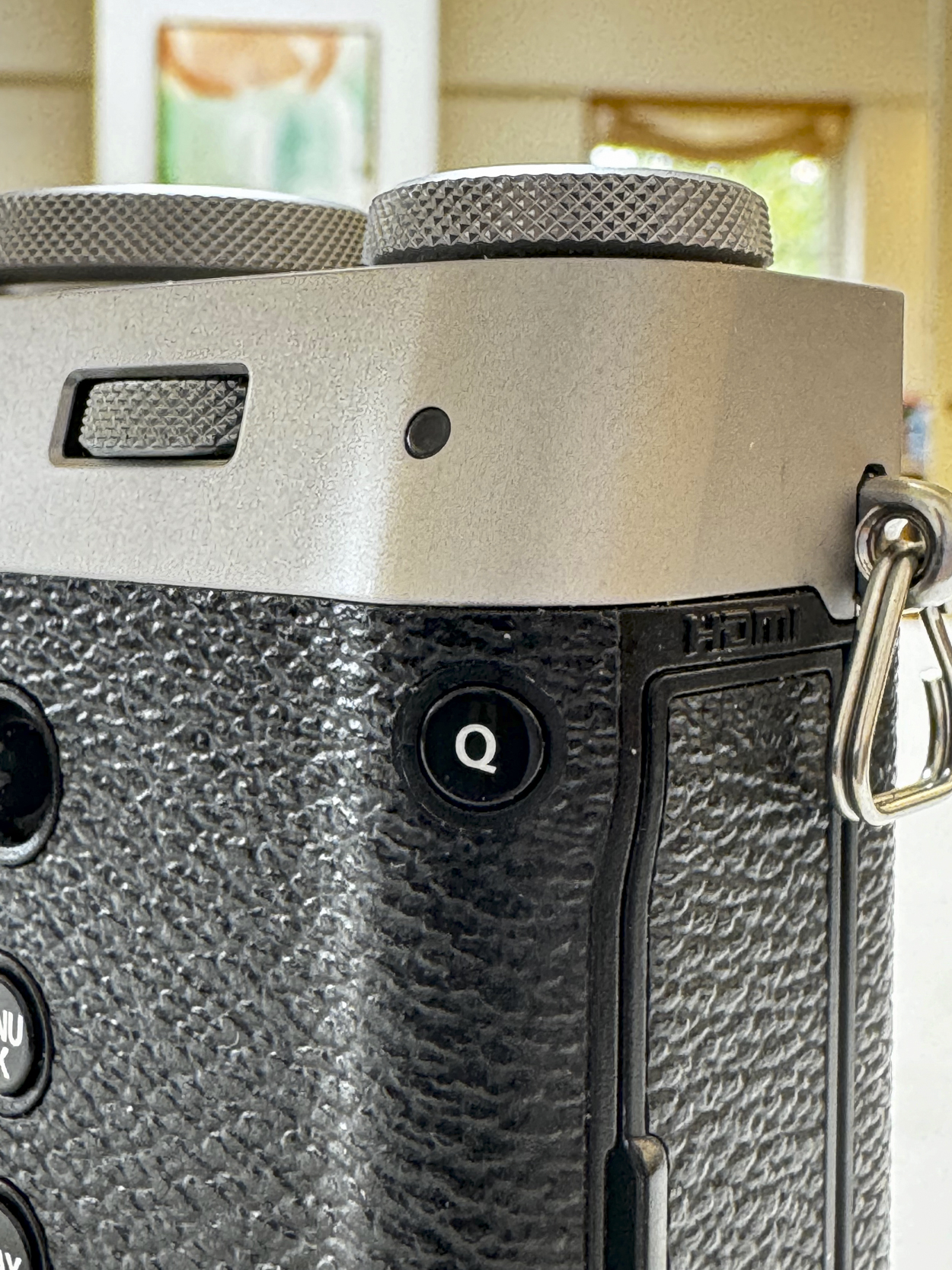



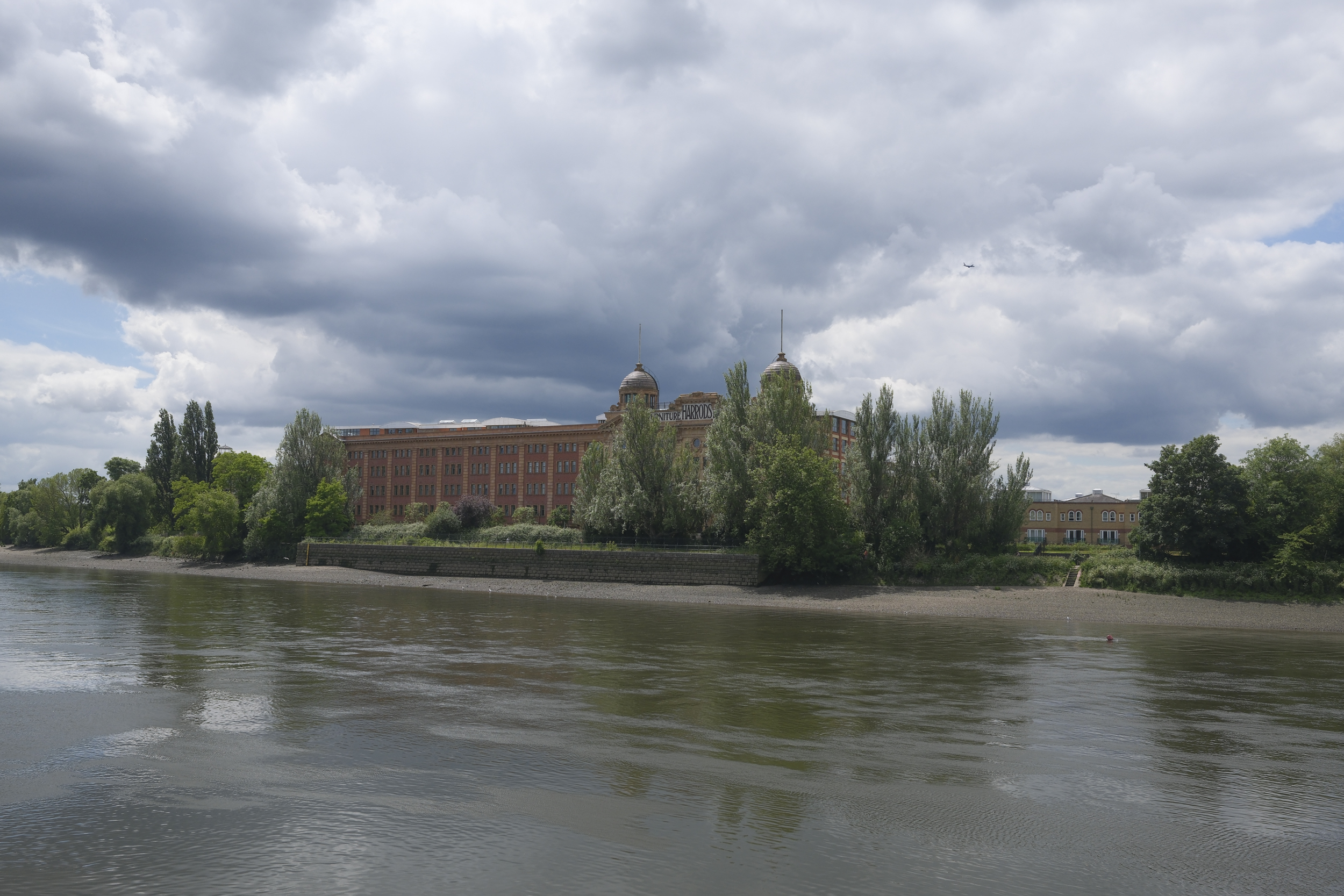

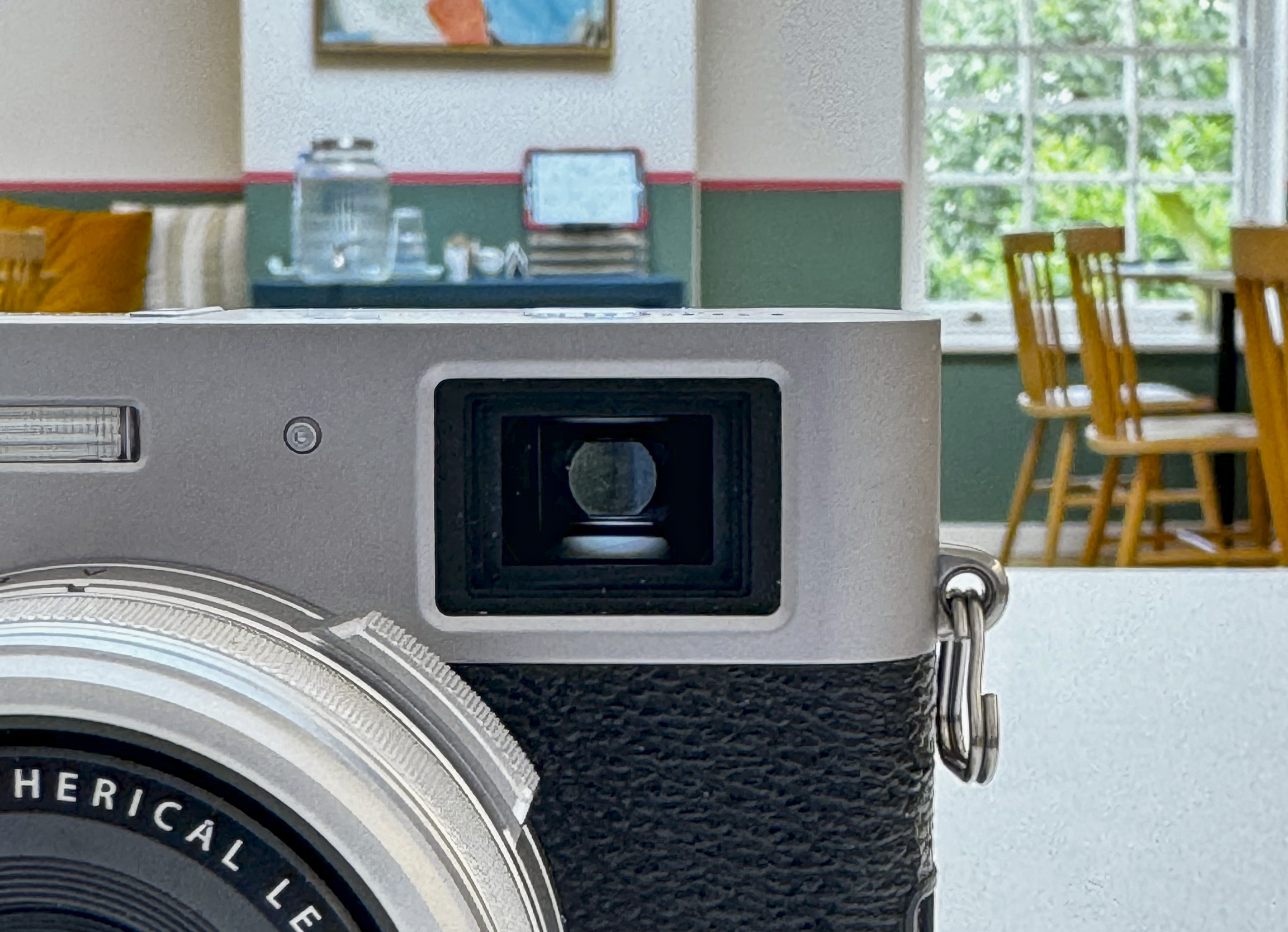


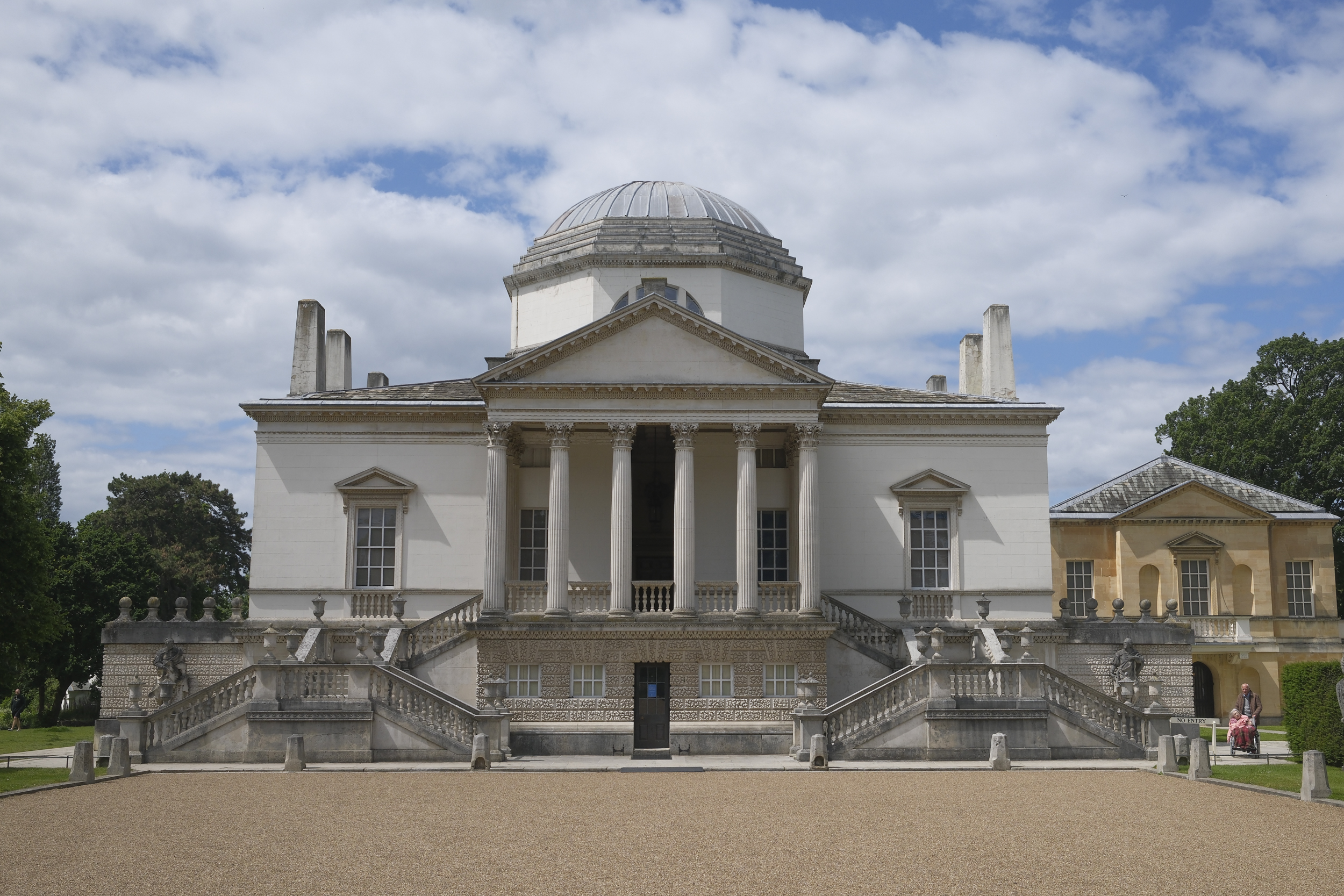
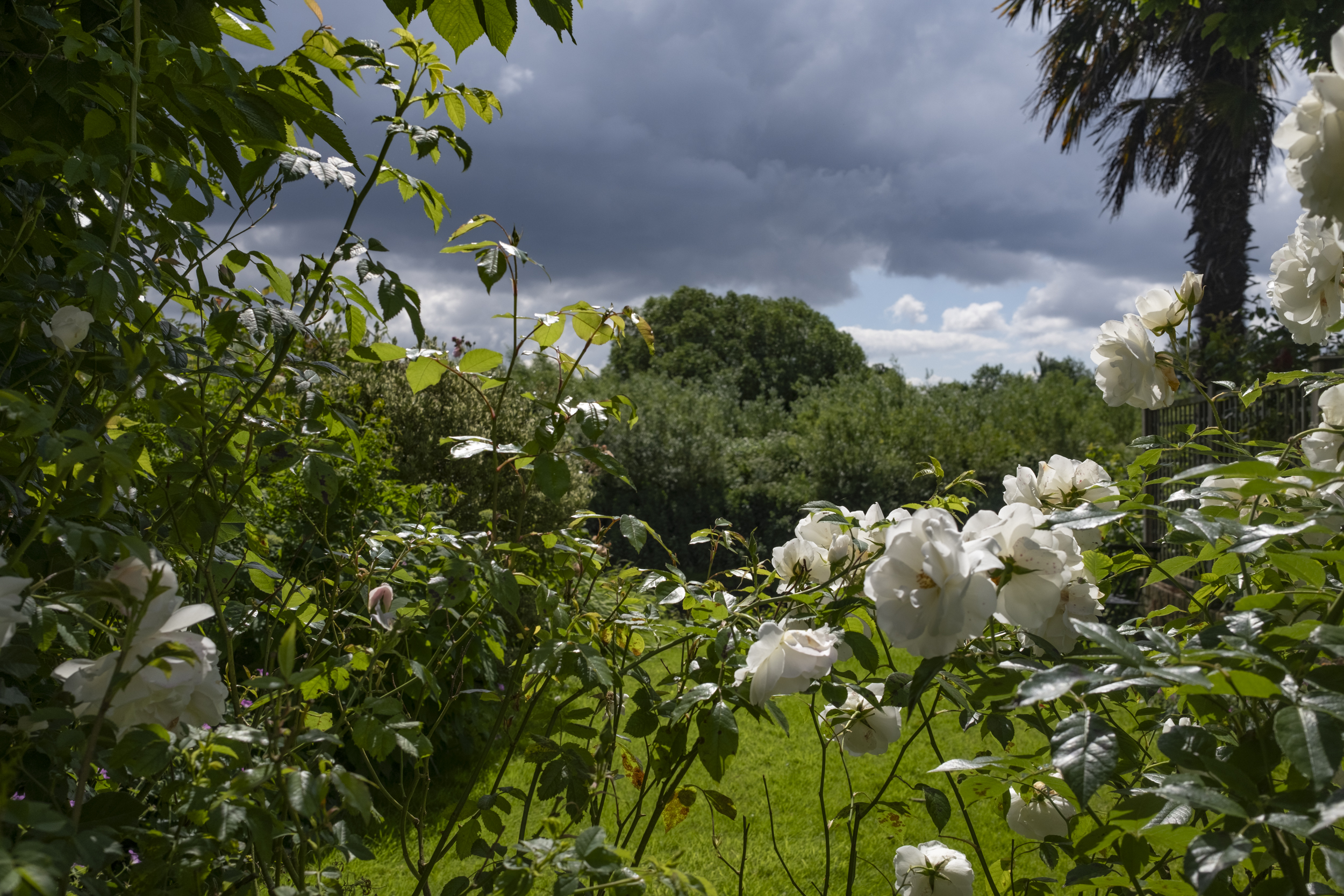





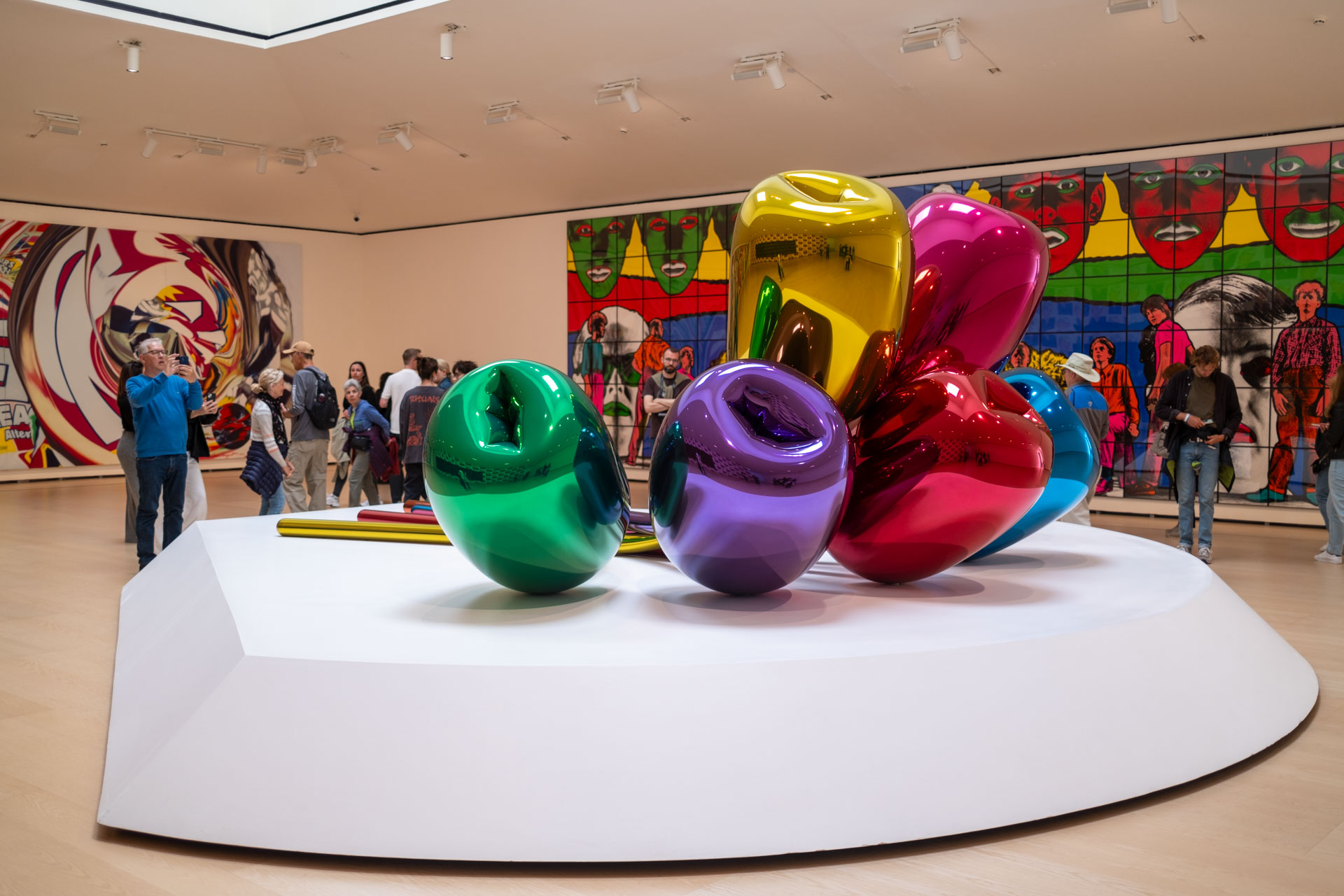

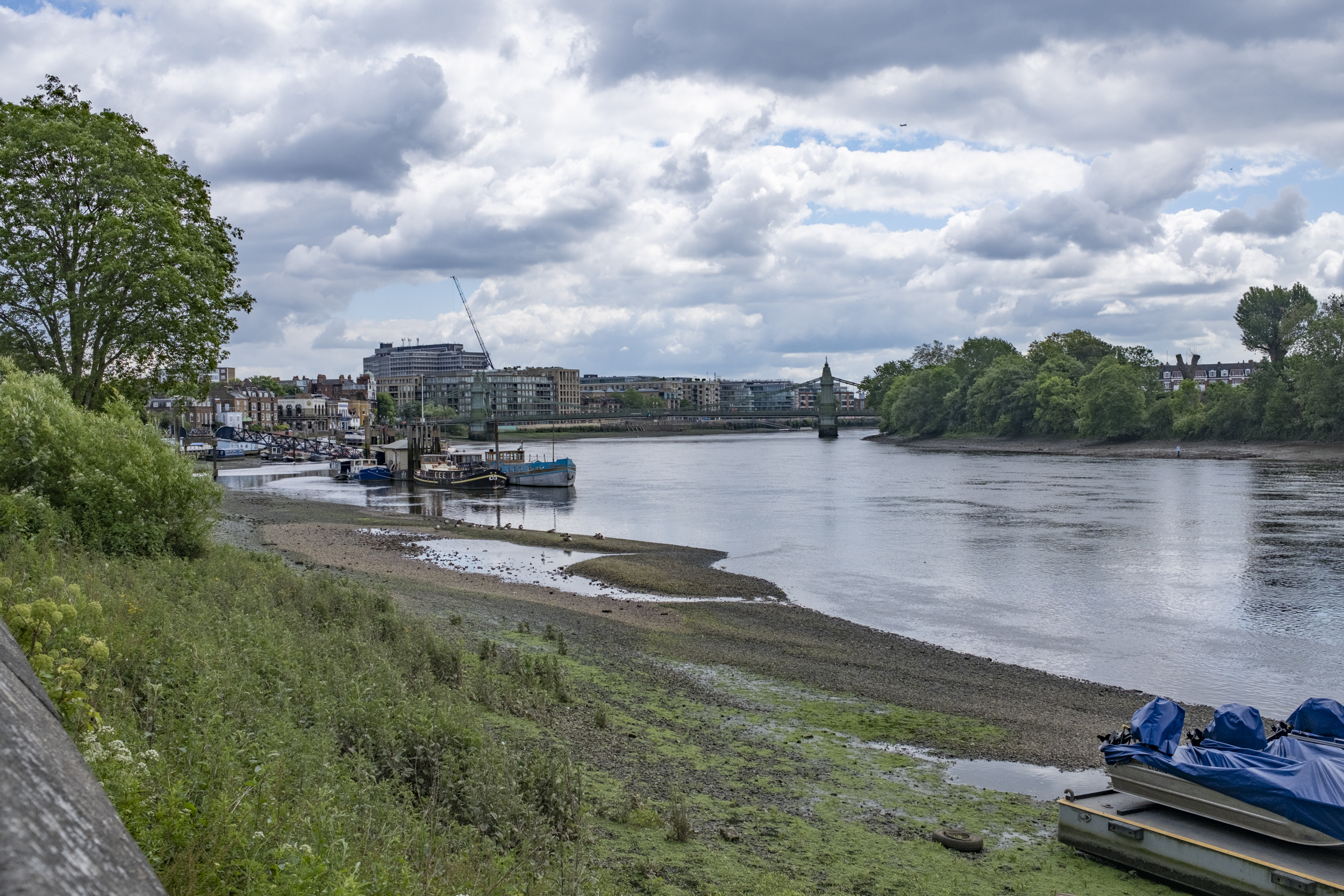
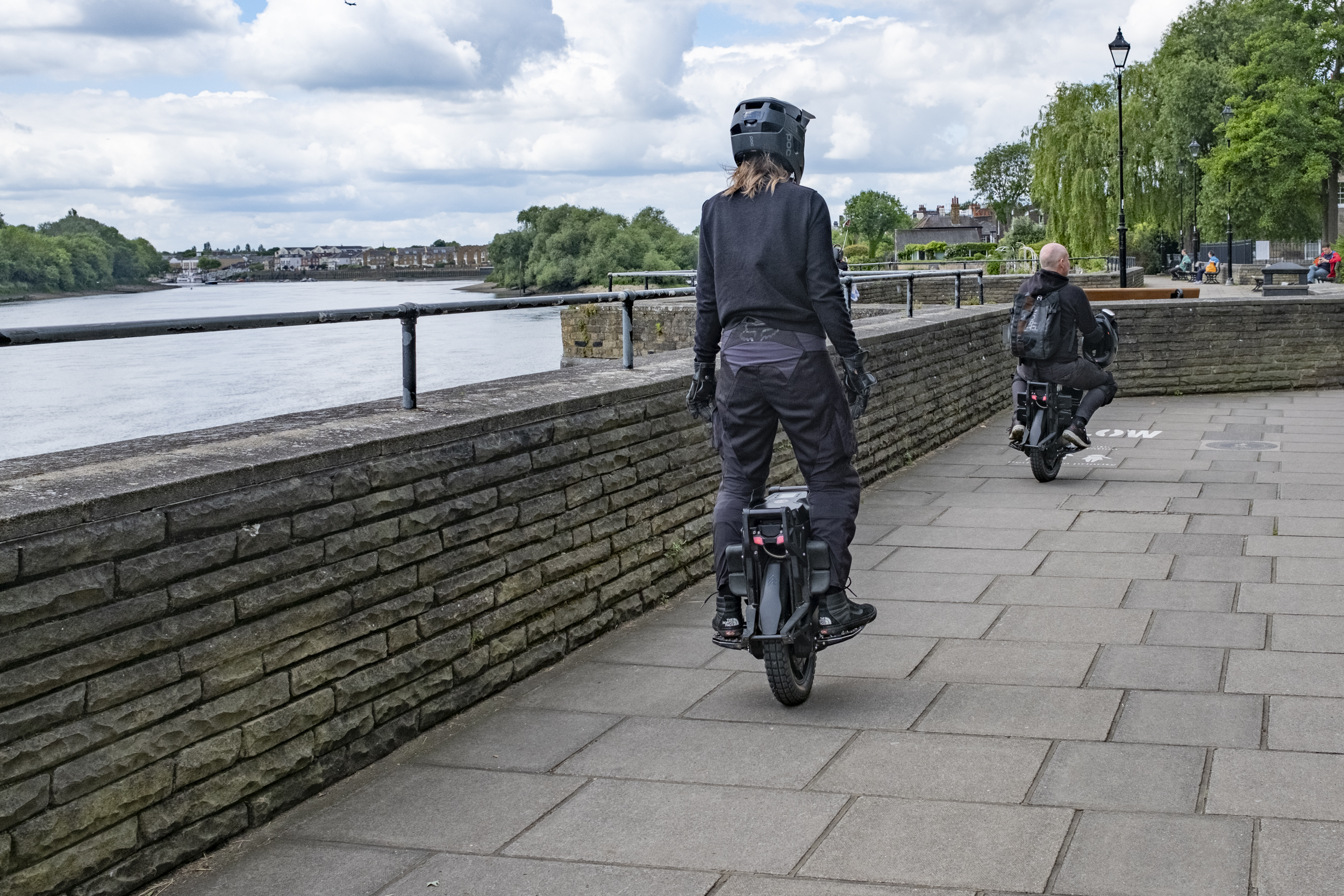



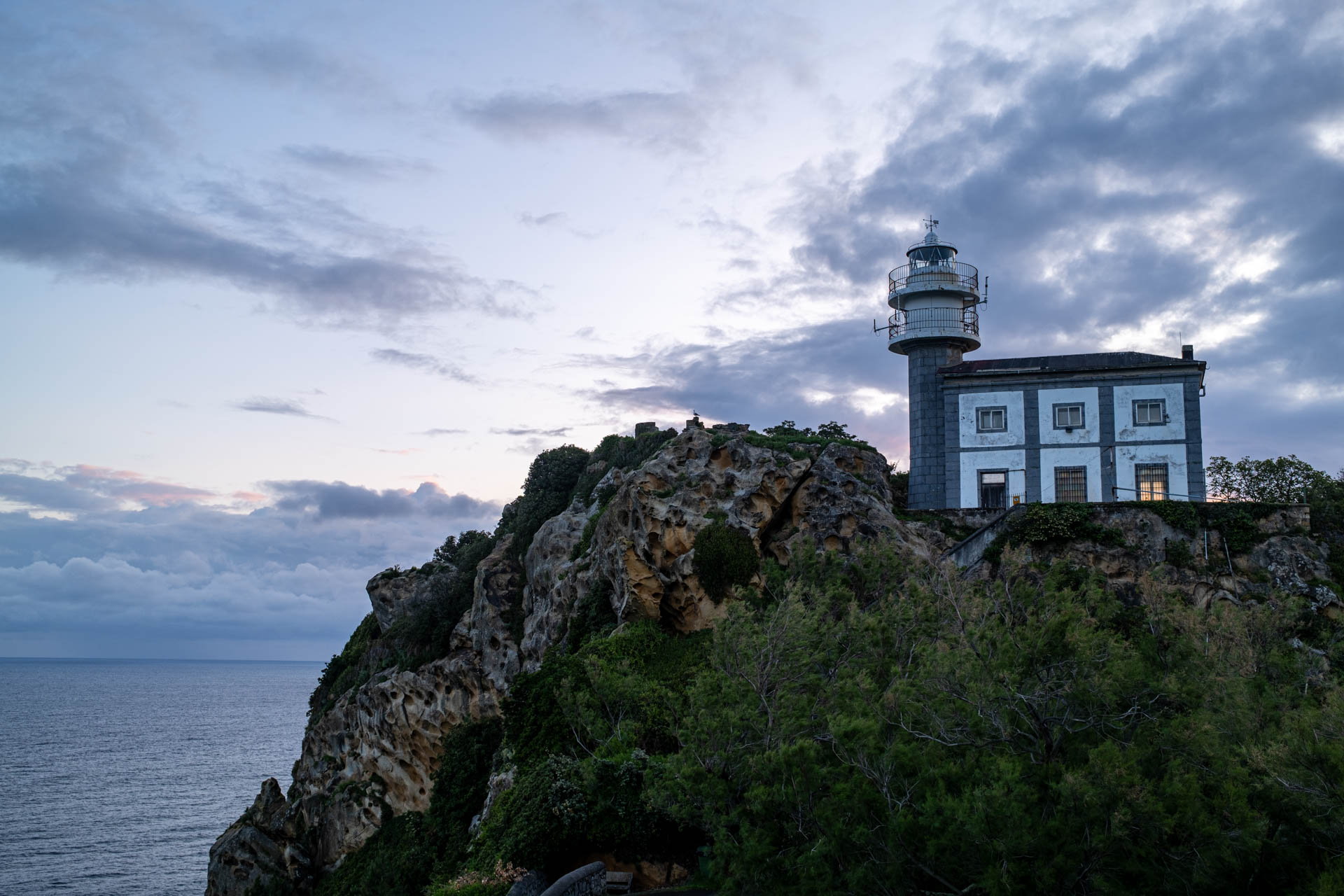
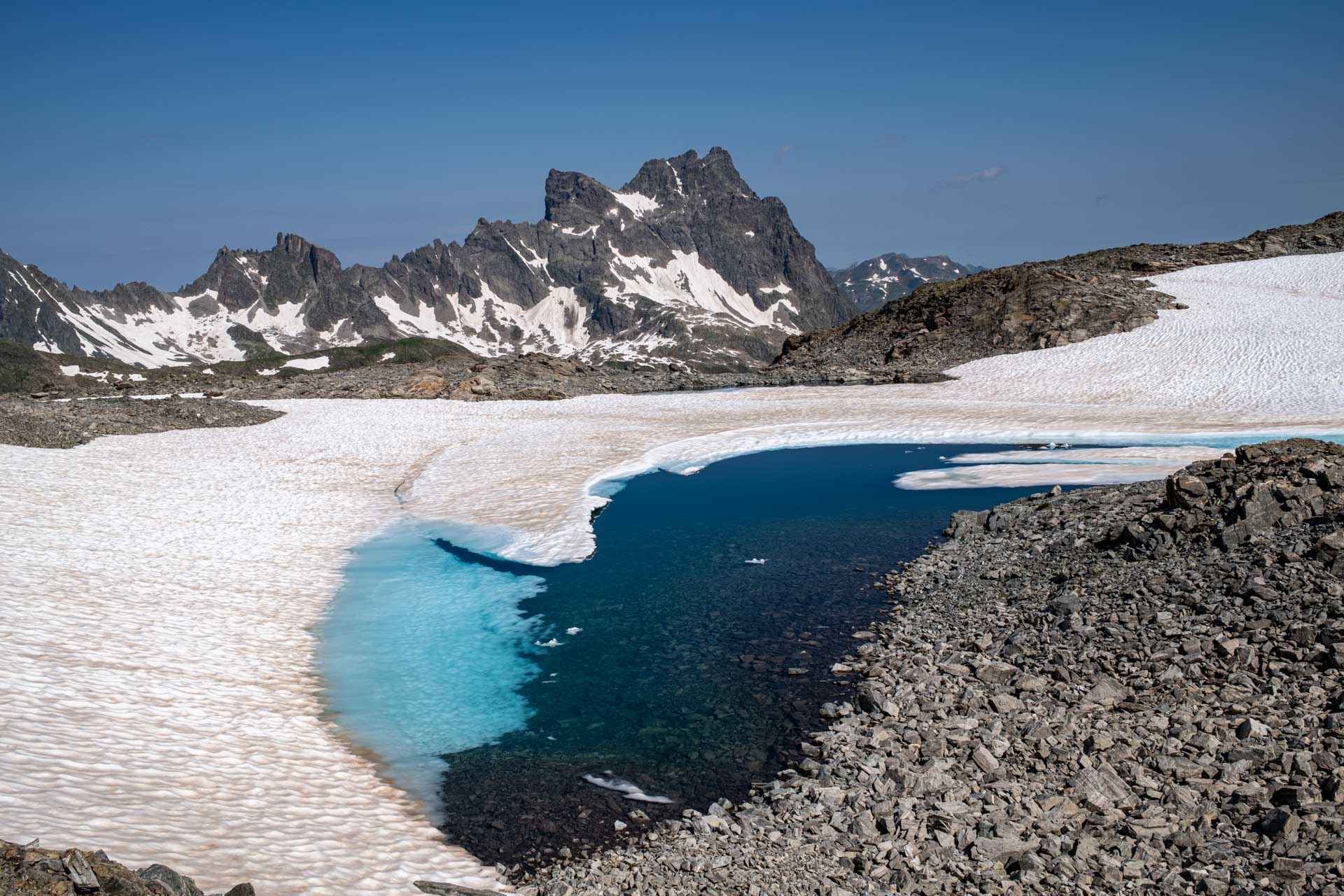




A really excellent and balanced review Mike. A major feature of the X100 series lens that wasn’t mentioned is that it is a leaf-shutter system, and has a build in ND filter as well. This is very useful in conjunction with the built in or external flash to achieve great daylight fill even at wider apertures. I only have the original X100 and the S but those sync up to 1/2000 at f/2.8 and higher, and 1/1000 at F2.
Thanks. Yes, I should have mentioned both those aspects of which I was aware but somehow they slipped through the net. The ND filter in particular is a useful addition. Thanks for mentioning this and thank you for your kind comments on the review.
Hi Mike, when I was recently using my X100VI, I realized there is no mention in the article about this brilliant feature. If you have the autofocus point somewhere other than centre, all one has to do is press the joy stick and it goes to the centre of the image. I have hated on my Leica cameras the wandering focus point and I have no idea why the Leica product management has not added this critical feature. For this reason alone, I would own the Fuji over the Leica Q.
Brian, thanks. I forgot to mention this, although I had seen it in the manual. As it happens, my black X100VI arrived from Fuji on Friday and I’ve already been using this feature. It’s definitely the next best thing to a physical lock.
Hi Mike,
I have another thought that comes from the discussions around the X100VI and Leica. It would seem that one of the areas of potential disagreement is on firmware and the menu systems of the two makers. One is a bit like a rural French cafe where the menu is 4 lines long and written on a chalkboard. The other is an American diner menu which is written over 20 laminated pages and offers every variation imaginable on standard fare.
While photography and cameras still have their roots in mechanical and optical entities, today’s photography leans into software, clever tracking focusing systems and AI. The firmware then becomes not just functional but a way of differentiating one brand from another.
Are we entering an era where Das Wesentliche becomes are marketing tool for Leica’s approach to menus, and the multipage menu the same for Fuji? Might we see the those two quite different firmware styles become self-selecting? As a photographer you prefer one over the other because they connect with how you want to see the world you live in: Curated choice, vs Multiple choice? Where might that leave Canon, Nikon, and Sony?
Might this be where we’re headed and what might the future look like if so?
Hi Mike, I forgot to mention the naming scheme for your amazing article. Some people might enjoy important trivia. The following is the rationale for the Fujifilm X100 naming scheme that even camera sales people in general do not know:
S second
T third
F fourth
V fifth
VI Sixth
I wonder what the next version will be called?
Cheers,
Brian
Thanks Brian. As it happens I had that in my list of supporting documents but forgot to include it. I was a bit punch drunk by the time I got to the end and forgot it. I wonder if they started off with this sequence in mind. It reminds me of the Tesla models which were originally supposed to be S E X Y. But Mercedes objected to E so they changed it to Model 3. So we now have S3XY.
I presume they will stick with Roman numerals until the X100X.
Hi Mike, I have put myself on the waitlist for the X100X with my camera store so I get it first:)
Very good and insightful review but in my opinion of these three, only the Ricoh qualifies as a compact, the others really aren’t. Even cameras which needed more space for a roll of film back in the day were much, much smaller.
Look at the Minolta TC-1, Contax Ts, Olympus XAs or Olympus rangefinders of old. Even Leica’s CL.Those are all truly compact.The Fuji looks very big indeed next to those.
I tried to make this point. The Ricoh is the one camera that I would choose if I could have only one. But it makes a good team with either the Fuji or the Q.
Great review! I have used every iteration of the x100 except the current which i despair of ever getting. I used a gr3 extensively, including a 6000 frame trip through Italy. I got the Leica Q when first released and currently use a QP. All three cameras offer a great user experience and fantastic imaging. Each has its ‘superpower’ and drawbacks. Having switched between all three I would argue there is a case for saying ‘eff it’ and just owning them all. Yes the fuji (and ricoh) menus are dense but once one gets the cameras set up to one’s liking operation is pretty simple. I tend to deactivate every optional button on my x100 and afterwards it shoots like an old canonet. I do like the drive button on fuji cameras. It gives easy access to a lot of useful shooting tools. But I think the film sims are overrated. I have RNI film sims embedded in Lr and they offer much more realistic and interesting options for achieving a filmic look.
Thank you. I think I can agree with all the points you make. The three cameras take a very different approach, but all have their standout features. The Ricoh, which is always underrated because of its unassuming appearance, is the true pocket camera and actually complements the other two.
Excellent review Mike. Very detailed and covered all the important stuff. Yesterday I sold my X100VI. It was nice to try, but it didn’t make sense when I already have a Q3. I thought the X100VI would be a keeper but I just found myself being much happier with the simplicity and loveliness of the Q3.
Thanks. Andrew, and thank you for helping with the review. Bit of a surprise to hear you have sold it so quickly but I can understand. The Q3 is easier to use and produces wonderful results.
Ahhh … the venerable X100 (my last was the X100V. I dropped it in the kitchen. It died. RIP). There’s so much to love. I for one was glad to not have to fuss over which lens to grab before heading out the door. I also liked having such a small camera, and with weather seals too! I had the tiny and inexpensive wide angle attachment. One could enjoy an exceptionally compact kit with an X100 and the two screw on lens adapters.
And my favorite feature: the hybrid viewfinder! Fujifilm has created a home-run in this. I used to consider it a gimmick as seeing things through the OVF negated the advantages of the mirrorless design: seeing what is being recorded in realtime. It also didn’t magically transform it into a true range finder. I get it now though. Sometimes it’s nice to change things up, to see things differently. The hybrid viewfinder isn’t a gimmick, it doesn’t make the camera better or easier to use, it allows the photographer to play. It’s a new experience that doesn’t require purchasing new gear.
The hybrid finder on the X-Pro series is seriously cool. Well, not so much the X-Pro3 which lost an important feature to continue to “play”: the dual magnification OVF. I missed this option so much going from the two previous X-Pro models that I didn’t bother using it. It was useless with wider lenses than 35mm. In fact, this and the silly flip-down screen ultimately lead me to sell the X-Pro3 after 15 months of struggling with it.
I hope, but doubt the next X-Pro will have a dual magnification feature on the OVF, but I hope it does. I wish Leica would consider something similar in function for the M -I’m tired of guessing framelines when shooting wider than 50mm on the M10. I wear glasses, so do a lot of people. We want to see the darn framelines! Please? Fujifilm? Leica?
Hi Mike, this is the absolutely best and most competent overall article of the Fujifilm X100VI. I have cheerfully owned one since its introduction.
The lens is spectacular in my view and has gorgeous rendering including bokeh that is not distracting with busy backgrounds. The unique Fujifilm X-Trans sensor raw files are converted with dramatically better contrast and sharpness with Capture 1 than Lightroom does. I only use Lightroom as my file organizer and for exporting my files to PS or to my final processed image file. Capture 1 is so much better if you can afford it in addition to PS which is essential to me.
I find that I generally cannot use any modern digital camera without reading the manual. However, once I set up the camera it is natural to use. This applies to the X100VI. When I first purchase the Leica SL I was astonished that I could not figure out how to use it. I had to download the manual and study it for an afternoon and then occasionally relook at it. It comes with the territory of modern computers with lenses attached. I always essentially set my camera up as a film camera would be. I pick non AI settings so I know what the camera is doing and feel in charge of what is happening when I capture a fleeting moment. I never have to go into the menus once set up and then become a happy camper. I like the camera to become and extension of my arm and not have to guess what it is going to do. I can do that with the X100Vi and love it.
Again thanks for the article that shows the individual merits of cameras that really are in different market segments of the compact market. I also love the Leica Q series and would love to own one again but I cannot justify owning both cameras for my usage. The X100VI suits me best and I am delighted that we all can have a choice that suits us.
Thank you Brian, and thank you for your help in checking and proofreading. Mike
“I always essentially set my camera up as a film camera would be.”
That sentence resonates Brian. Even though Leica’s UI is easily the best, I could happily do without two thirds of the menu items on my SL2s camera and about 90% of the functions on my iPhone, which takes me a day or so to locate and disable all the things I never asked it to do.
Thank you much for this very detailed review, Mike.
Very useful as I am currently looking for a light and compact travel companion to my M’s. I think the D Lux 8 will remain on top of my list, for its zoom and great menu structure.
The reworked D-Lux 8 is surprisingly capable despite the smaller sensor. In many ways the optical zoom compensates for the smaller sensor and avoids any disadvantages of digital cropping. My only reservation, as you will have seem, is the hobbling of the zoom controls for absolutely no reason. They claim the D-Lux 7s well-thought-out zoom controls were superfluous. But they couldn’t be more wrong.
I completely agree with you. The lever control is the biggest drawback in my eyes. I hope they’ll fix it with a future firmware, although the reply you have got is not very promising…
The sealing is another concern. I haven’t seen any Leica comment about the sensor protection against dust, if any. It is inherent to fixed lens cameras, but I guess the Q3 and X100 (with the filter) are better protected.
I am sure they have told us all the improvements and a failure to mention means it is the same as the D-Lux 7. For instance, I asked if there were are improvements to the sensor, but answer came their none.
This was a very detailed review, Mike :), thank you.
I was lucky to shoot with the previous X100V because someone at Highline Park asked me to take a shot for them. I did not have the benefit of reading the manual like you did, and stumbled when I tried to operate it as I would my rangefinder. It’s nice to know I was not the only one who had such difficulty. The couple asking for the shots kindly pointed out that my images were out-of-focus, and then I remembered to use it as I would with my R5 – using the rear screen to autofocus. Like some moment of zen, it was suddenly a breeze to use.
The X100 was really dandy. I get that lots of people would fuss over the menus and whatnot. But for some street photography, it could be even better than the M11. If you’re the type who enjoys walking around, not having a care about the focus (when you know what you want to focus on), the X100 does that, and at the right size.
I think there’s more to the size than just dimensions. The M11 is not much larger, but considering how expensive it would be to repair if it hit something in a bad way (probably more than the cost of the X100VI), I have put mine in a case. Maybe my dirty paws had something to do with that too. And with the added size of the case, it’s decisively larger than the X100. Your previous point about APS-C lenses being smaller also plays a pretty big part.
As for the manual focus experience, I’d imagine that you could still coax it to do more general / artistic things. The X100VI won’t be as good as the M11 for that. A lot of folks here will care that it’s not as good at f/2, I would be one of them. But it takes a bit of time and dedication before you can get results from an M11 that’ll exceed what you’d get from an X100VI. If I had to recommend a more casual camera, I think your review nails why this camera is as popular as it is, if you could get your hands on one.
I appreciate the quality of your review; part of the quality is balance: how features on the camera compare and what it means.
My main cameras these days are the Fuji XE3 and the Leica M240. The former shares many internal features with the X100V, but it is not fixed lens and only offers EVF.
On sharpness: I often go to DPReview’s ‘Image Quality’ section, and download RAW files of studio scenes. The relevance here is that compared to the X100V, the XE3 and the Panasonic GX9 seem to provide a better image. And looking at the RAW files, it’s not hard to see why: one sees what lenses are being used. Both of the alternitive cameras use lenses superior to the X100V’s lens — in the case of the GX9, it’s the ‘Nocticron’, a famed m43 lens.
I’d tend to conclude that I made the right decision to get ILC cameras. However, with the X100VI, the DPReview images are now superior to the XE3 and GX9, but there’s a catch. If you compare the RAW from a Leica Q2 (40 megapixel), the images aren’t even in the same universe. I tend to suspect it’s the Leica lens that makes the difference. Along those lines — I get better quality from the XE3 by simply using Leica lenses with Fuji’s very good M to X adapter. One gets the compactness of the X100 series, with lenses superior to it.
On focusing: when I focus an X lens on the Fuji XE3, the image is magnified 2X. For my eyes, that’s not good enough. Using an M lens, I lose even that miserly 2X magnification. When I use an EVF on the Leica M240, I get a 5X magnification, which is excellent (one could also select 10X).
For me and my limited needs, Fuji has a great deal of catching up to do.
Thanks for the review Mike.
The X100 (of any generation) is a bit like catnip – it’s really hard to resist. Except….
I found the menu system a bit like an American diner menu. EVERY THING is on the menu and EVERY POSSIBLE PERMUTATION. It makes it really hard to identify what you really want and how to configure it into a usable profile.
While it feels like a proper camera it also subjectively feels like it lacks the density of Leicas or older film cameras. You pays your money…
Finding one is almost impossible, and with owning a Q3 it seems like it would be a poor decision to pay over the odds for a camera that’s not quite at the level of the Q3.
With that in mind I might still buy a DL-8 (sound of Mike growling…) as it would be a better fit for my usage. Though I hope Leica’s myopic perspective on what buyers want is somewhat concerning.
I agree on the menu system and the number of options. As I said in the review, it’s more everything-but-the-kitchen-sink instead of the essential. No doubt many owners prefer this wide choice of options, but I seek to set up a camera and leave the menus alone as much as possible. I did feel, though, that I would have liked more time with the X100VI than was possible. It probably takes a month to become even moderately familiar with the options. You will be pleased to hear I am working on the D-Lux 8 review and this time, instead of having it for a week, I will have much longer with it.
Great review of an excellent camera, BUT, the Fuji X100VI (the sixth Fuji X100 iteration) ain’t for me – and not just because I cannot justify another APS-C camera. In 2013 I bought the Leica X Vario which still produces excellent results likely rivalling any Fuji APS-C pix. Other APS-C Leica cameras in my stable include the CL, and a full spectrum converted T (Type 701). All three are in regular use as are a full frame SL 601 and a Leica M9. There are limits as to how many cameras I can both own and use. My Leica X1 was also in regular use too until Leica withdrew support & thus could not replace its ‘failed’ (after 13 years use) internal battery. However, as a goodwill gesture Leica Camera AG offered me 45% discount on a new Leica CL which I gratefully accepted. I somehow doubt if Fujifilm Holdings Corporation would offer a hefty % discount on a current X100 series edition if a predecessor could not be serviced or repaired. All my Leica cameras have one attribute in common: after initial £depreciation they hold their s/h price quite well – and have pretty good longevity. Thus when acquired s/h or ex-demo, their subsequent £depreciation is relatively low or even ‘zero’. Older Leica APS-C compact cameras’ pix can be prone to ‘image noise’– but Topaz denoise software soon remedies same and has enabled higher ISO use. Another reason for not considering a Fuji X100 series camera is my Leica Society membership. I could not use FujiX100 series images in Leica Society Postal Print Circles, or submit them for Leica Society exhibitions, or email pix for potential publication to the Editor of The Leica Society Magazine. It’s quite exciting hearing images have been unexpectedly selected as TLS Magazine cover pictures. Also doubt very much if Fuji X100 series owners get the chance to meet their cameras’ lens designer – unlike UK Leica users who recently met and spoke with Leica Camera AG lens design team’s Peter Karbe at his London presentation. I’ll stick with Leica cameras thank you and continue my Leica Society membership – but always happy to read reviews of the competition’s too frequent latest offerings – and entertaining news of the back orders, scrums, and resultant inflated eBay prices for same.
Thank you, Dunk. I sympathise with you on the Leica Society membership aspect. I too had similar problems when I was part of Circle D (digital) and using M43 cameras at the time. I felt obliged to use Leica-branded Panasonic lenses in order to qualify. I grew out of that. I am also becoming a little brand agnostic and willing to try non-Leica products. I’m even thinking of taking up with M43 again after an absence of some eight years. But this time I wouldn’t feel obliged to use Panasonic because of the Leica association. These days it’s OM Systems that seem to be making the running.
I do understand the more personal association one gets from using Leica products. The opportunity to meet and chat to the likes of Peter Karbe and Stefan Daniel is a huge bonus and promotes a feeling of belonging. We will never get that with any of the major manufacturers, of course.
Unfortunately, one has to pay a huge price to meet Leica designers. I really cannot get excited about that but each to his own. I just buy the camera and glass that best suits my needs and desires. I would not limit myself to only Leica in case I want to submit an occasional image.
Great review Mike! I used to own the X100S at a certain point in time. I recall being not so happy when shooting wide open and relatively up close. The image was very very soft. Any idea whether that has changed in any way? I believe with the previous iteration (or the one before that) they changed the lens slightly which supposedly should have helped.
They have updated the lens in the X100VI. I didn’t notice the softness you mention, but one of the problems of reviewing a press loan model is the short time available. I wrote the review some weeks after returning the Fuji and it’s sometimes difficult to check up on detail without the camera in hand. I am now working on the D-Lux 8 which (for my sons) I actually purchased. So it is on hand for reference purposes.
Fujifilm finally updated the original X100 series lens on the X100V model. Having owned the X100S and X100V I can confirm your concerns about the softness of the original lens wide open and up close. However, I had no such issues with the updated lens in the X100V. It’s a great lens, though ot as sharp as Fujifilm’s higher end glass.
It’s largely an academic question if you don’t already own one, as the X100VI is unobtainium, and Amazon among others started canceling orders because they see no realistic prospect of fulfilling them in a reasonable time frame.
I went from the Leica X1 to the original X100, then X100S, then Sony RX1 and RX1RII. My current large-sensor compacts are a pair of Ricoh GRIII and GRIIIx. The GRs’s pocketability makes all the difference, and of course their outstanding optics. I suspect the GR4 will be out and available to purchase before Fuji’s cleared its backlog.
A good point, Fazal. Who knows if Fuji is deliberately going slow to increase demand and encourage the story. I agree on the GR’s pocketability and I also think that these unobtrusive cameras punch well above their weight in image quality. I’ve been using my GRIII today but was reminded of the difficulty of seeing the image on the rear screen in strong sunlight. It spoils the experience to some extent, although in the UK we have plenty of days on which the screen is perfectly adequate!
Hi Mike, no company is going to slow availability to increase demand. Companies want to sell as many as possible but they also have to optimise factory capacity as that heavily impacts costs and product sitting in the warehouse unsold also is not adding to profitability. Fujifilm definitely does not need to encourage the story on the X100VI. Fujifilm moved the production from Japan to China to dramatically improve the production ability due to the delivery challenges with the Fuji X100V. They certainly wish they could have printed more money with the X100V instead of allowing buyers to resell at a much higher price. I sold my X100V just before the X100VI was announced at hundreds more than I paid for it – I was surprised that it got into a huge bidding war. Life with Fuji is great! – especially if you use Capture 1 that does a dramatically better raw conversion of Fuji files compared to Lightroom (I own both raw converters).
I recall one of their major volume production issues was that gorgeous viewfinder. For the X100VI they moved to a different manufacturer to increase volume capability. On Feb 29, 2024 Fujifilm stated that they were making 15,000 cameras a month – double the X100V volume. However, preorders vastly exceeded expectations. A few months ago, Fujifilm announce that it had experienced “overwhelming” global response when the X00VI was ordered. I astutely got myself on the Fujifilm X100VI wait list of my local camera store about 5 months before announced – but was shocked to learn that there were 2 more astute people on t he list ahead of me….
Apparently Fujifilm is trying to increase capacity – surprisingly they want to make money and do not feel a need to encourage the story. 🙂
Similarly Apple has volume challenges on their iphones and watches, especially upon release. Unfortunately I do not have a private dealer that can put me on a waitlist prior to announcement.
Similarly I used to get myself on waitlists for Leica products before announcements. I did that for the Leica M11.
Fujifilm moved
Hi, I do not feel it is an academic question. If you want one, get on the purchase list with a good camera store and not Amazon. A good camera store will not even require a deposit as they are not concerned about selling it. The time period between new versions will be about 4 years and generally I would not upgrade to next version. Hey, you can even cancel the waitlist if you change your mind or resell it for a profit.
I had to wait for many months to get the Leica SL APO 50mm and then forever for the SL 35mm which was even better than the 50mm in rendering in my view. They were worth the wait!